Cabo Verde Islands
/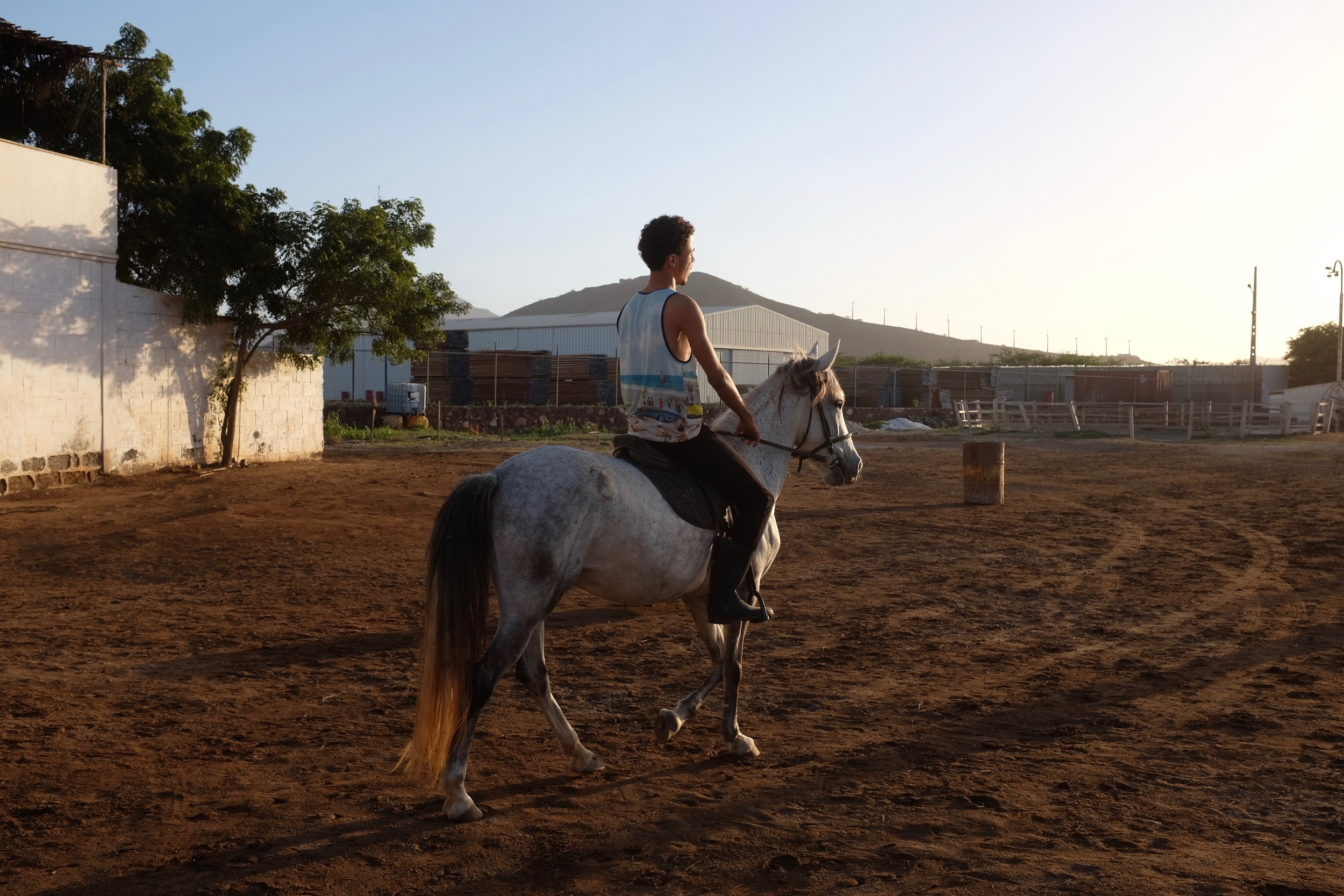
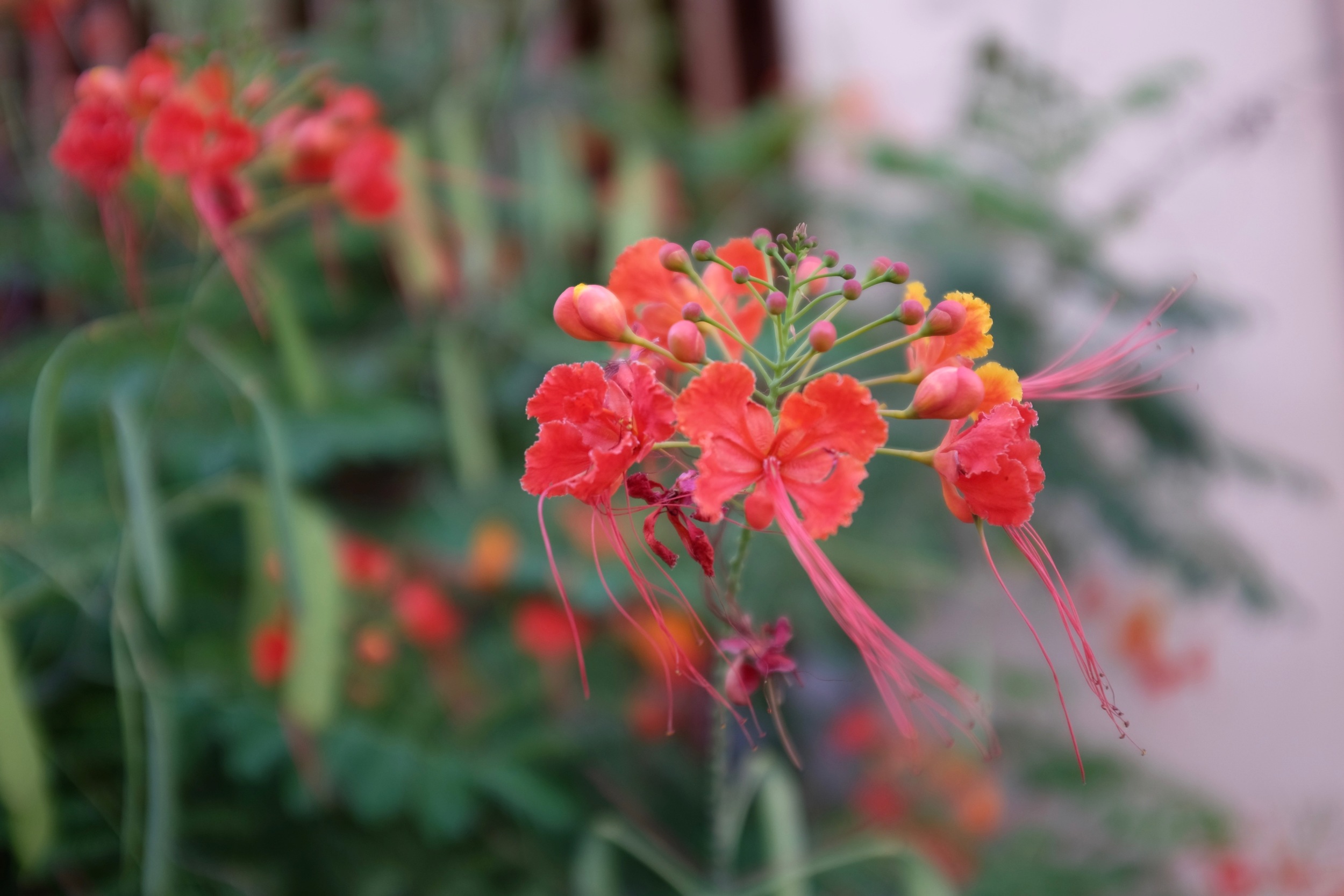
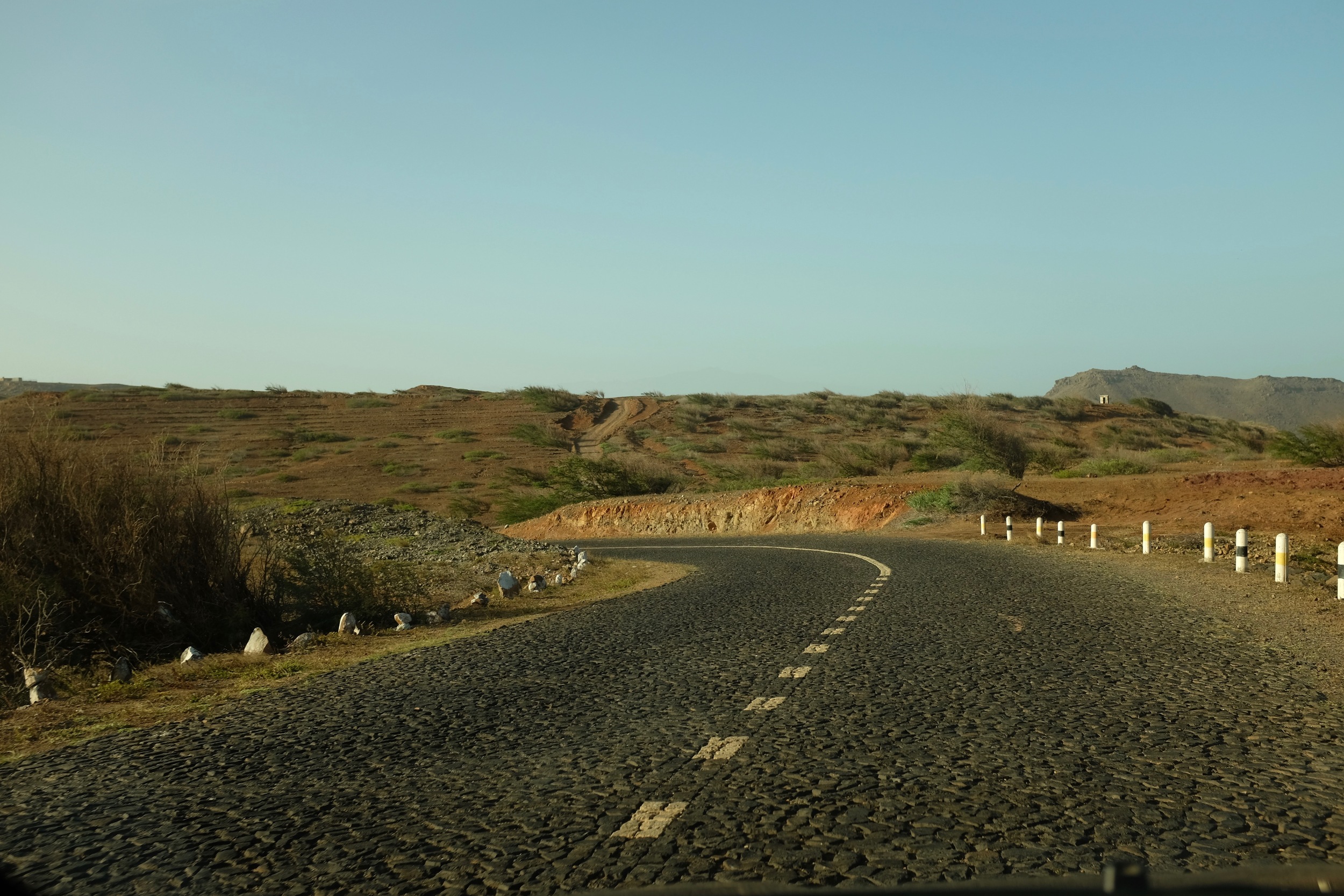
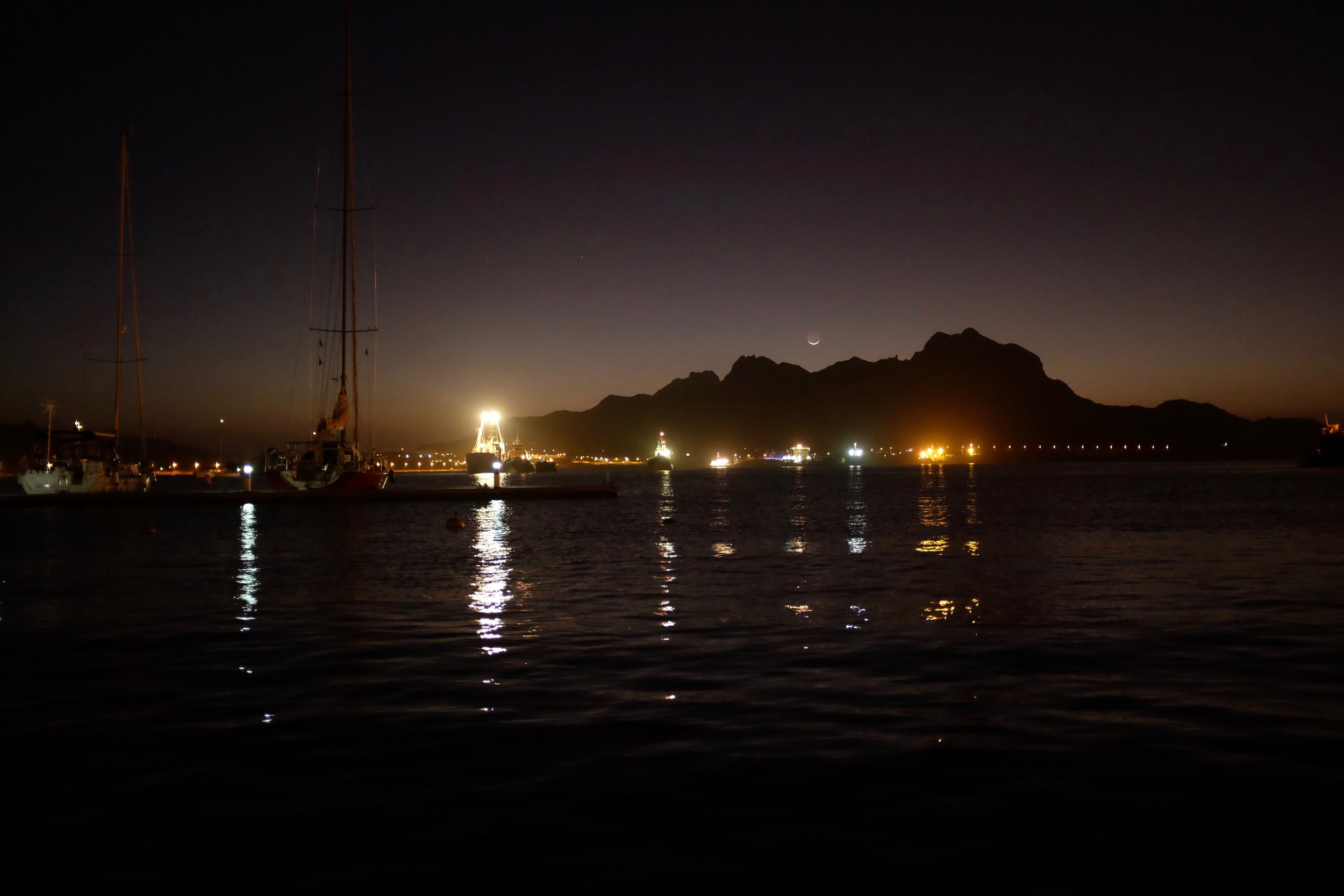
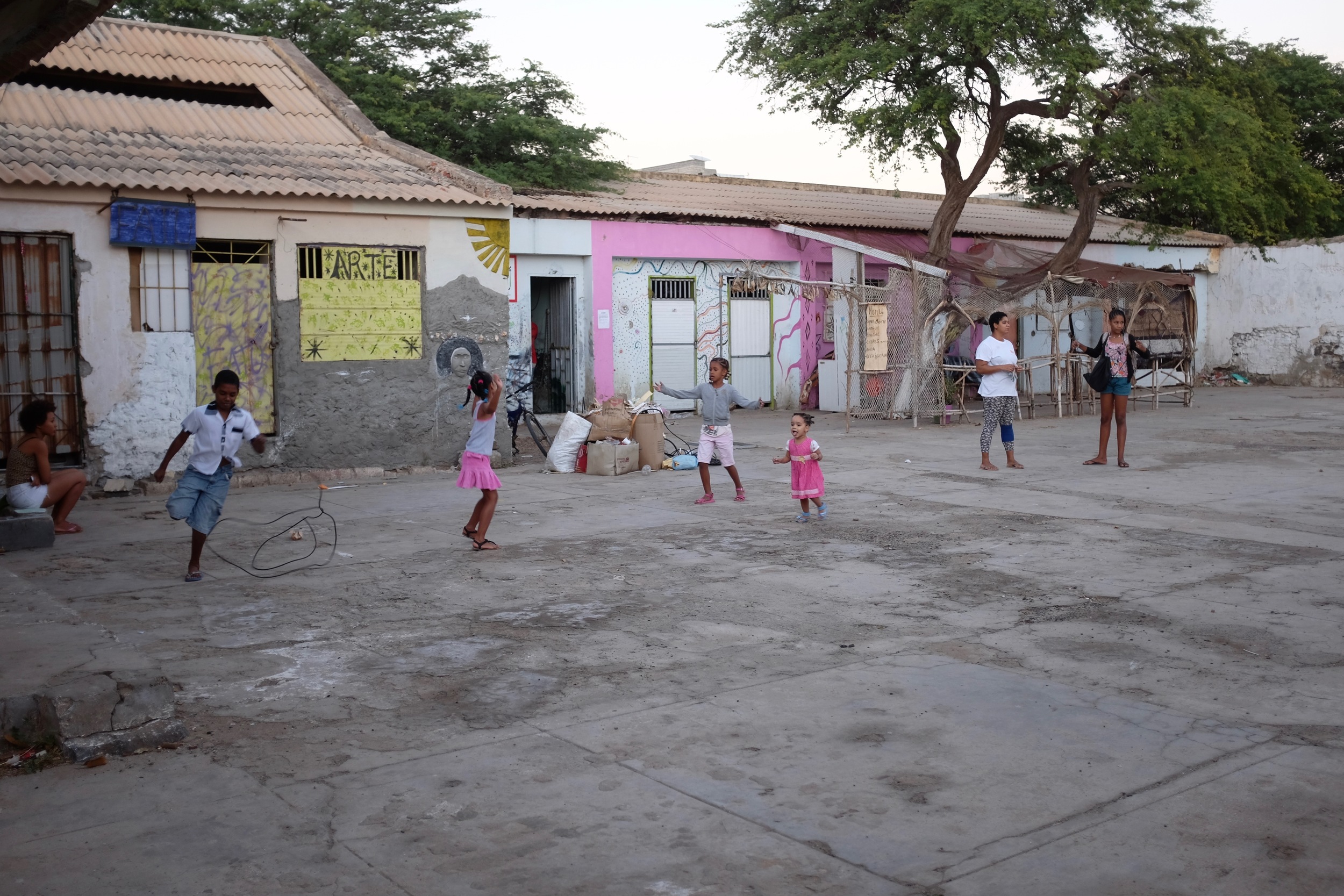
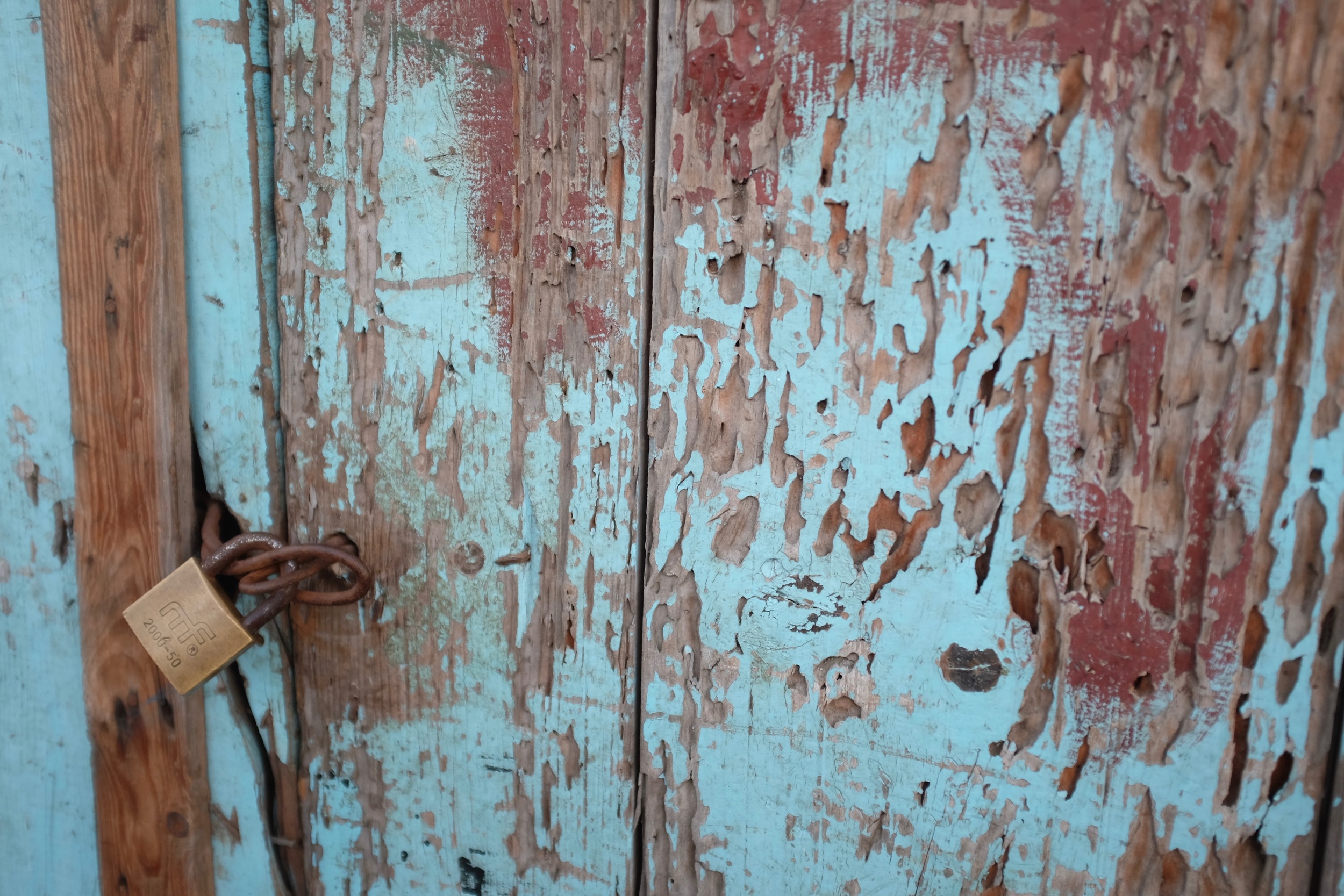
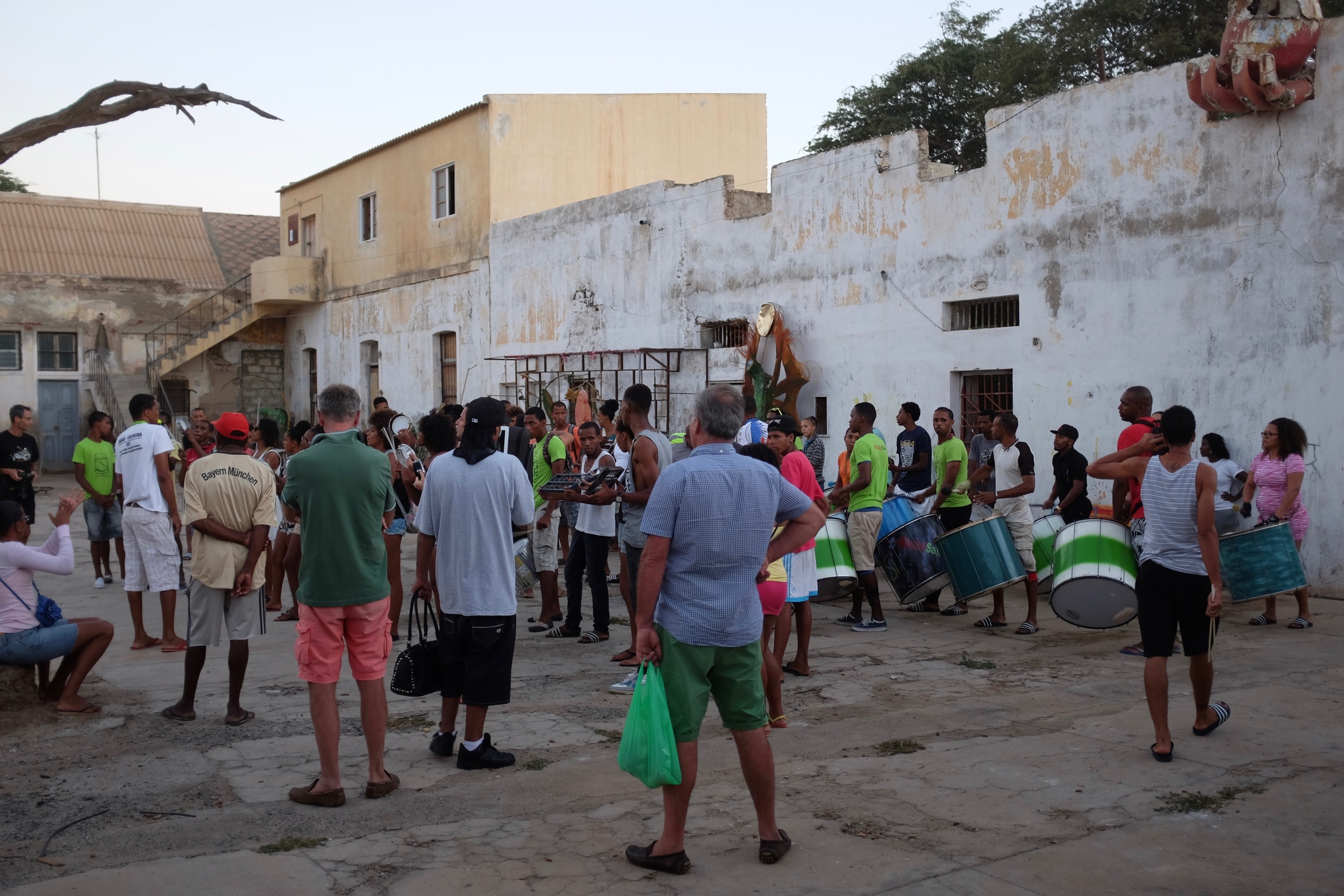

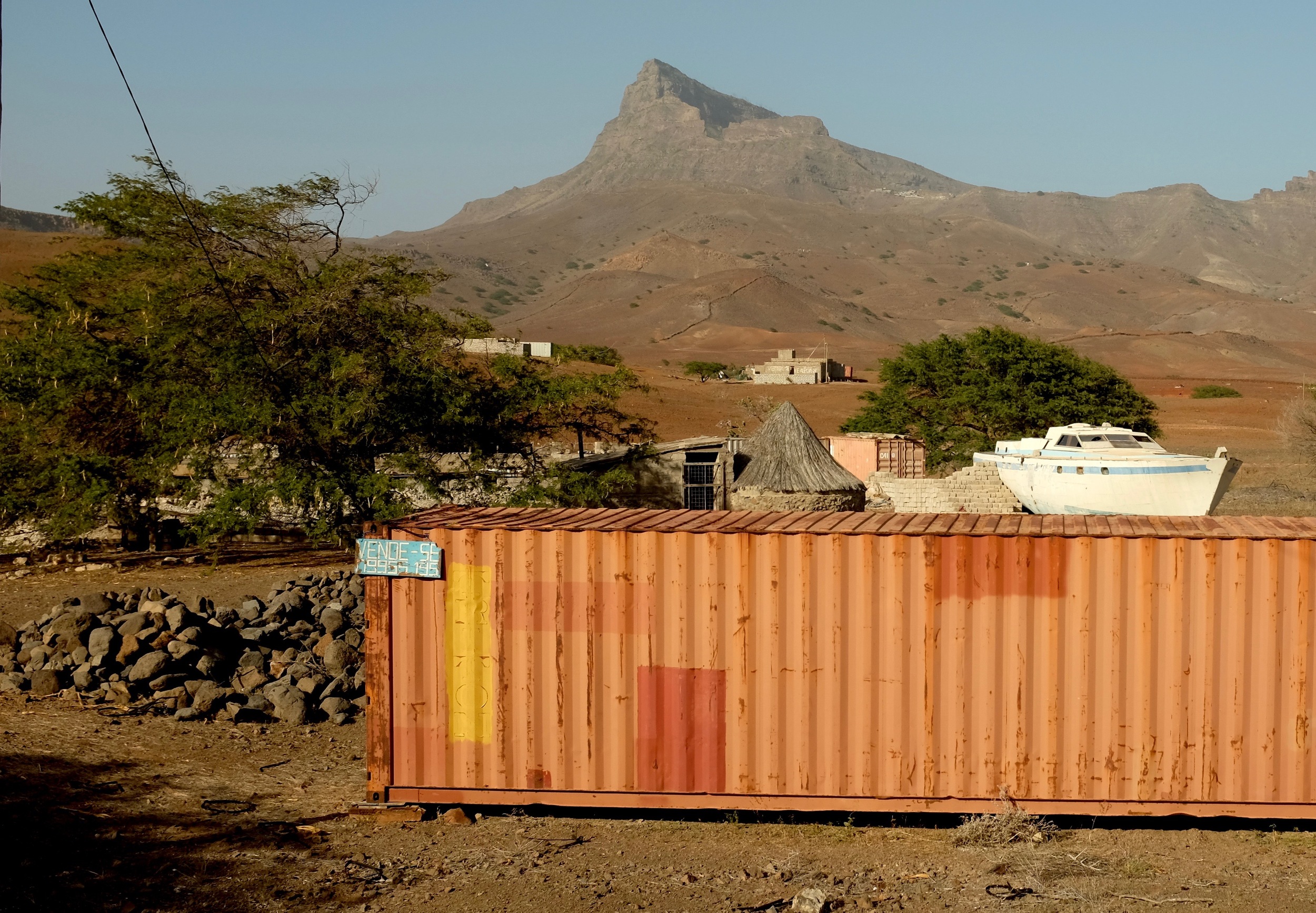
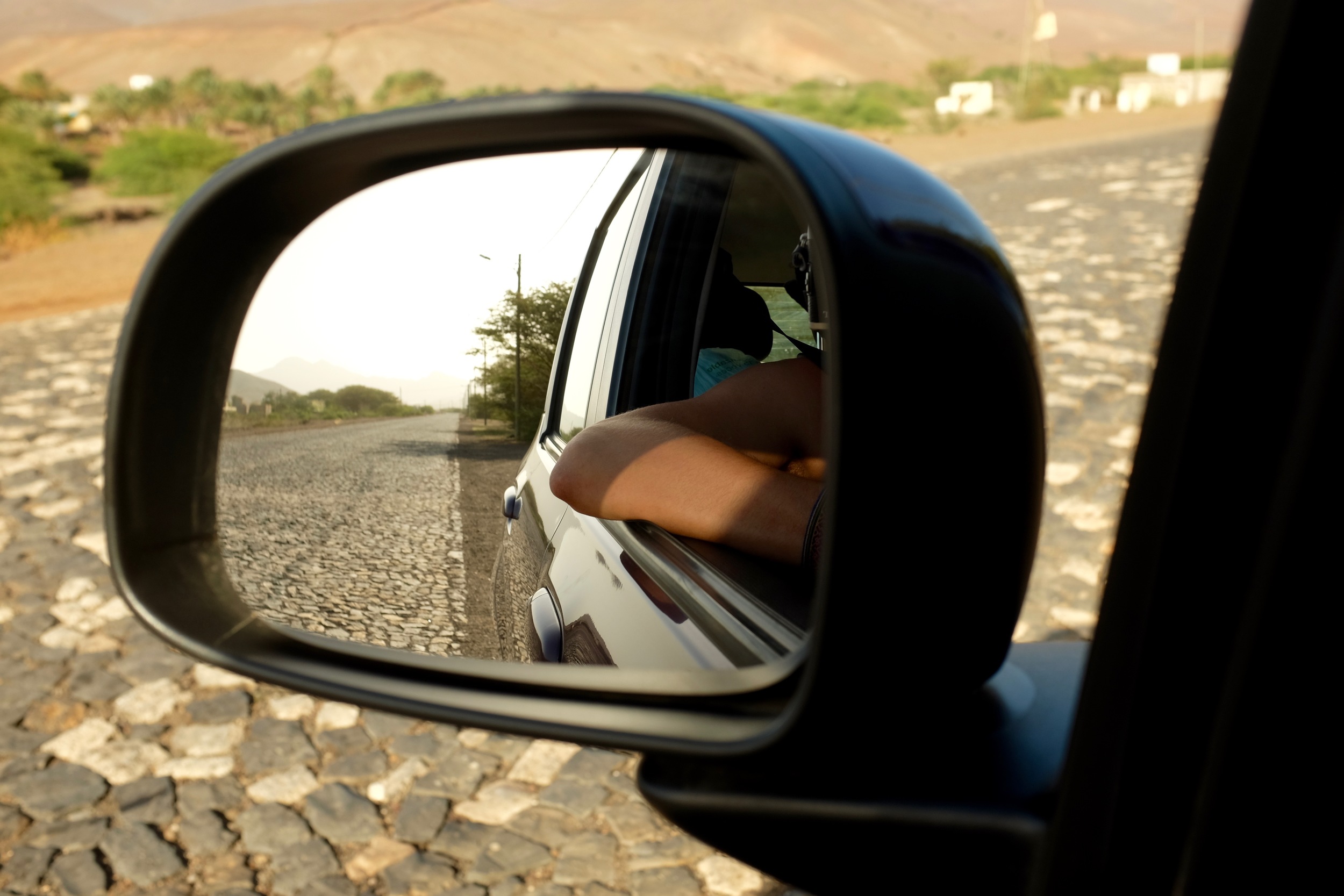
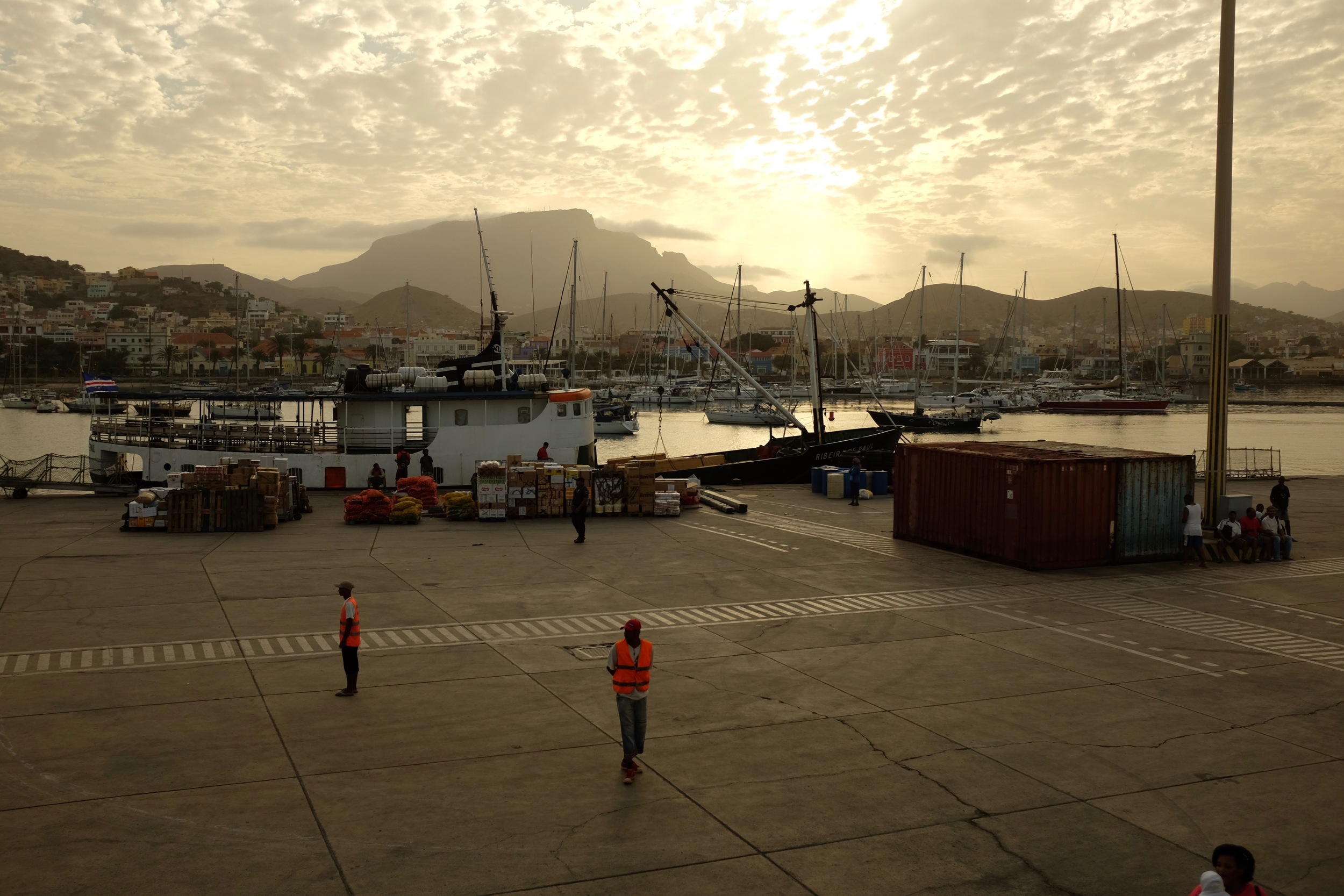
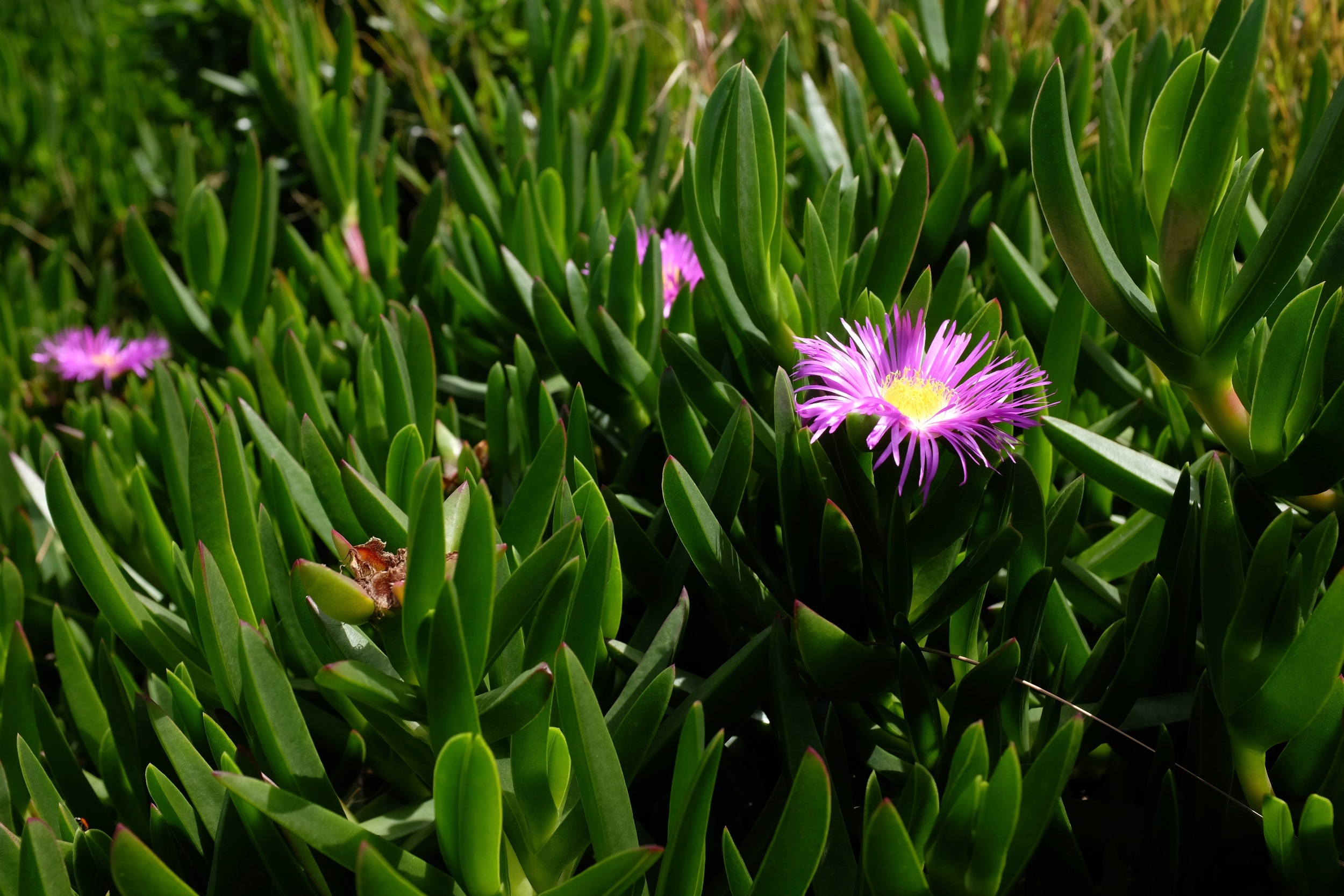
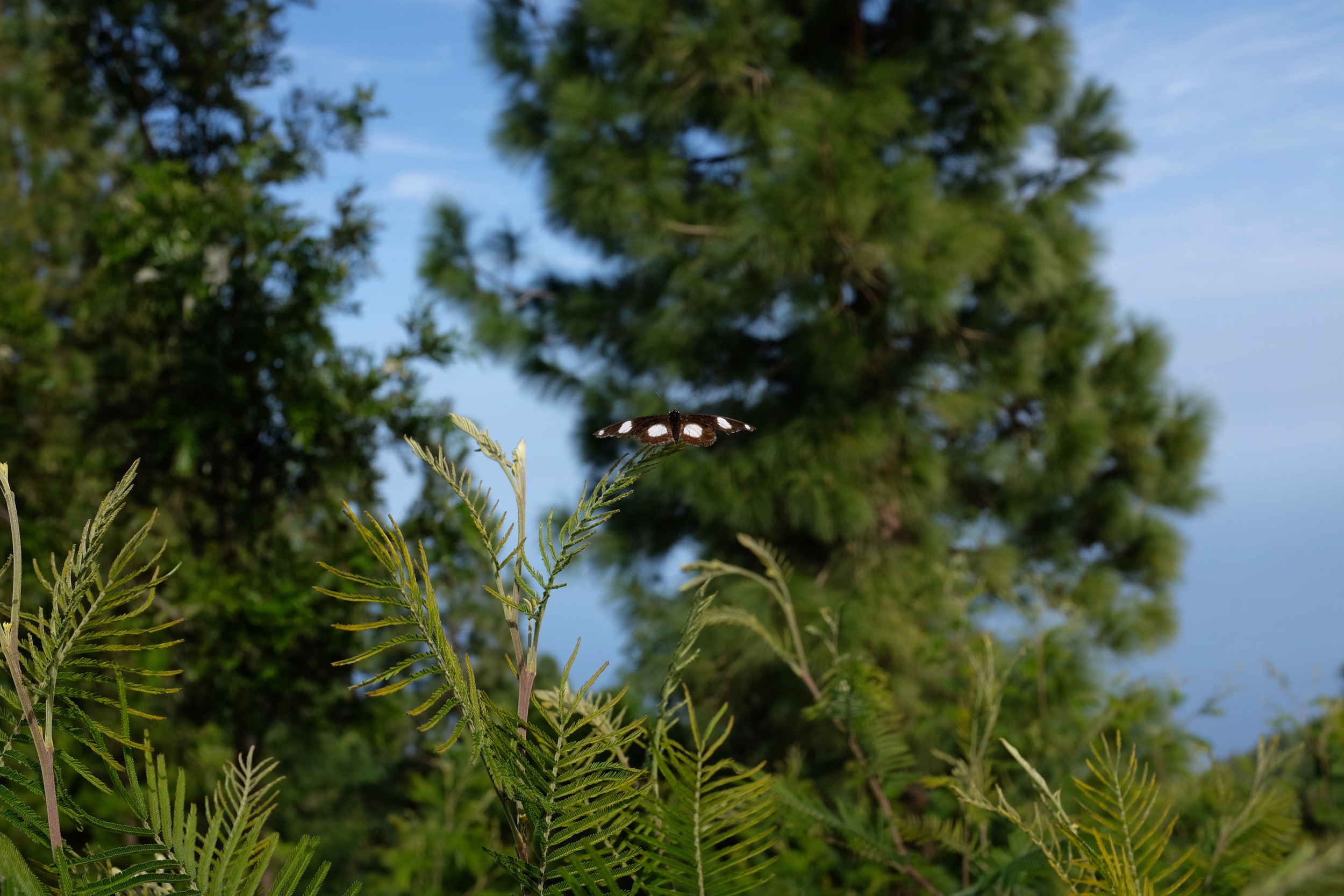

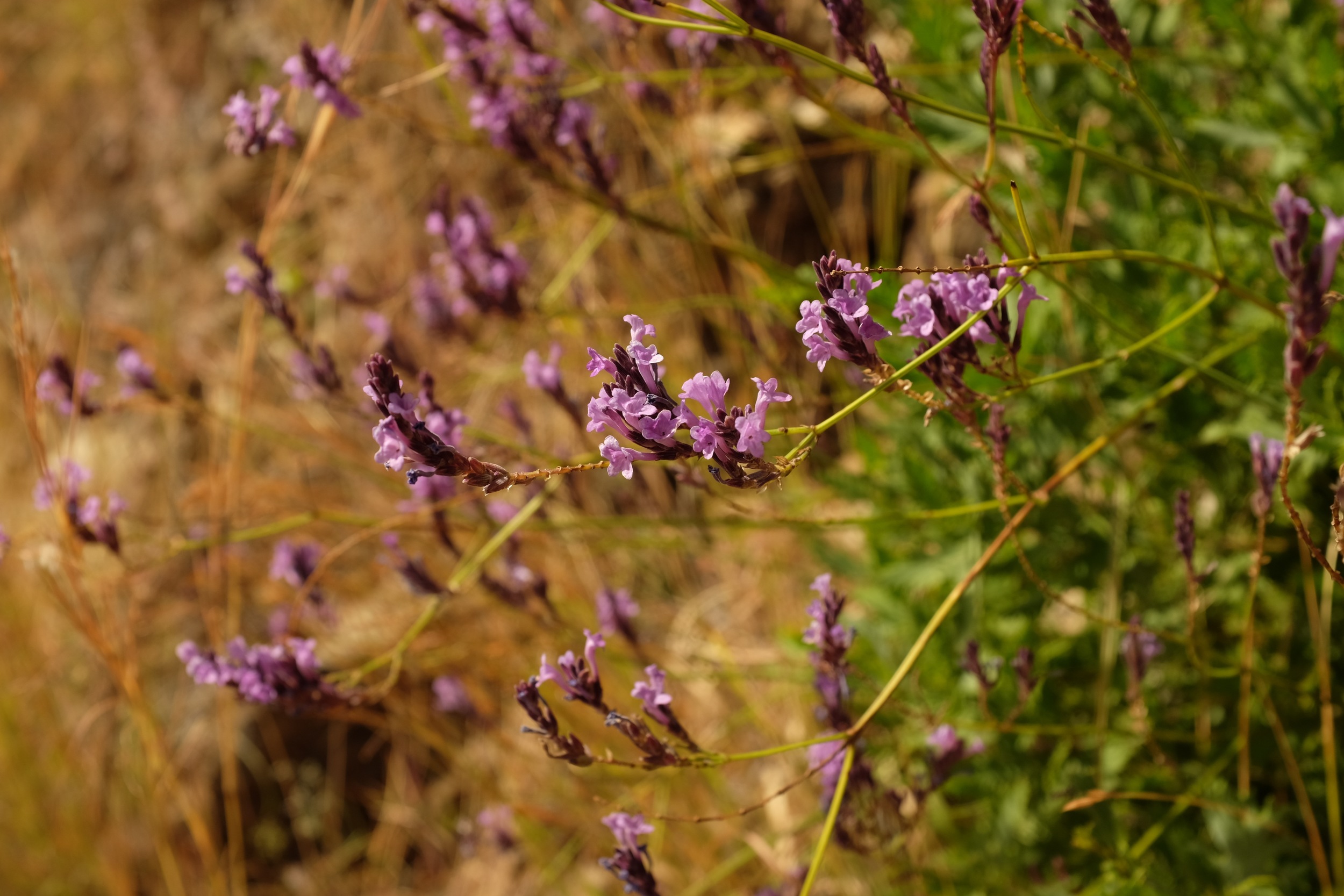
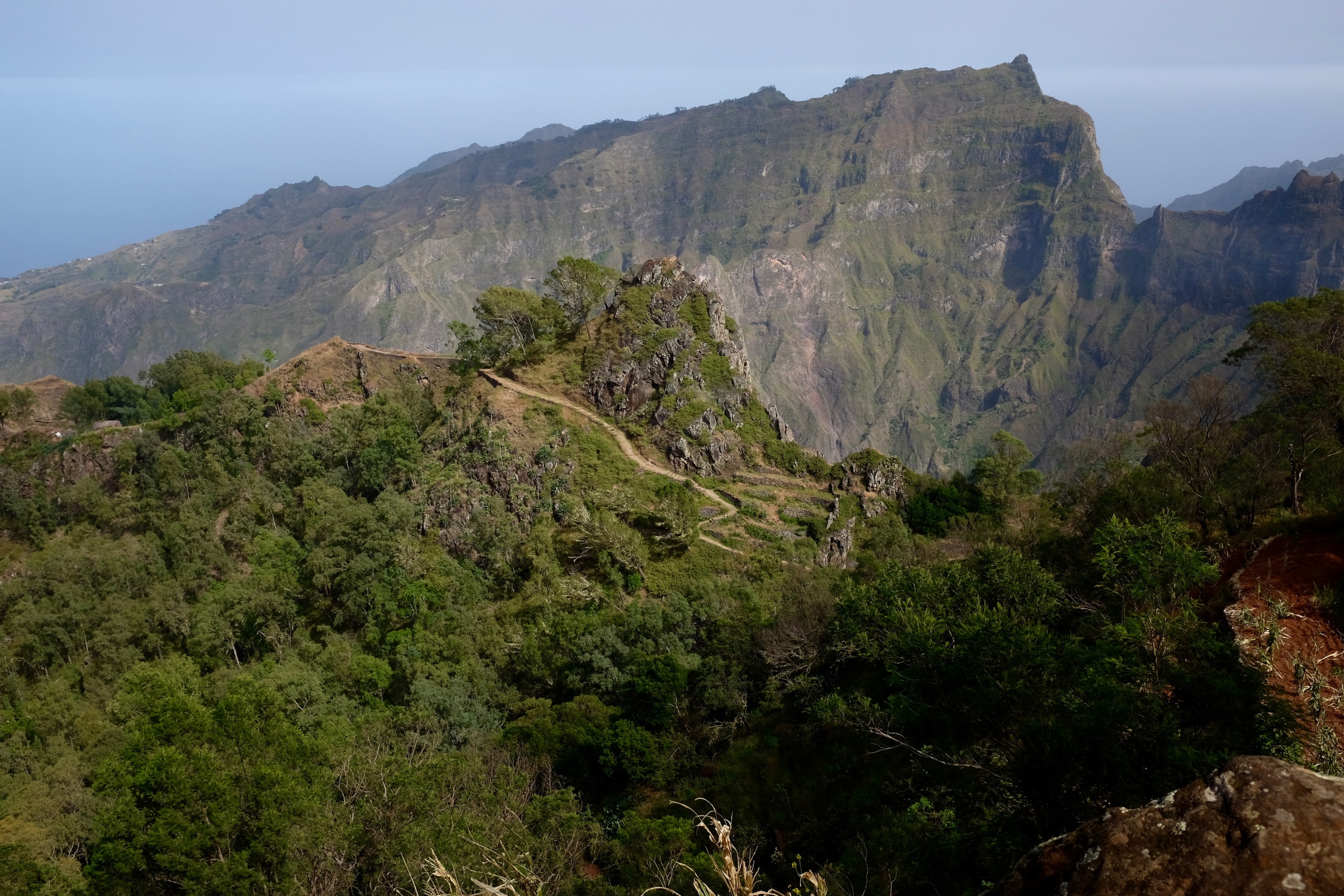

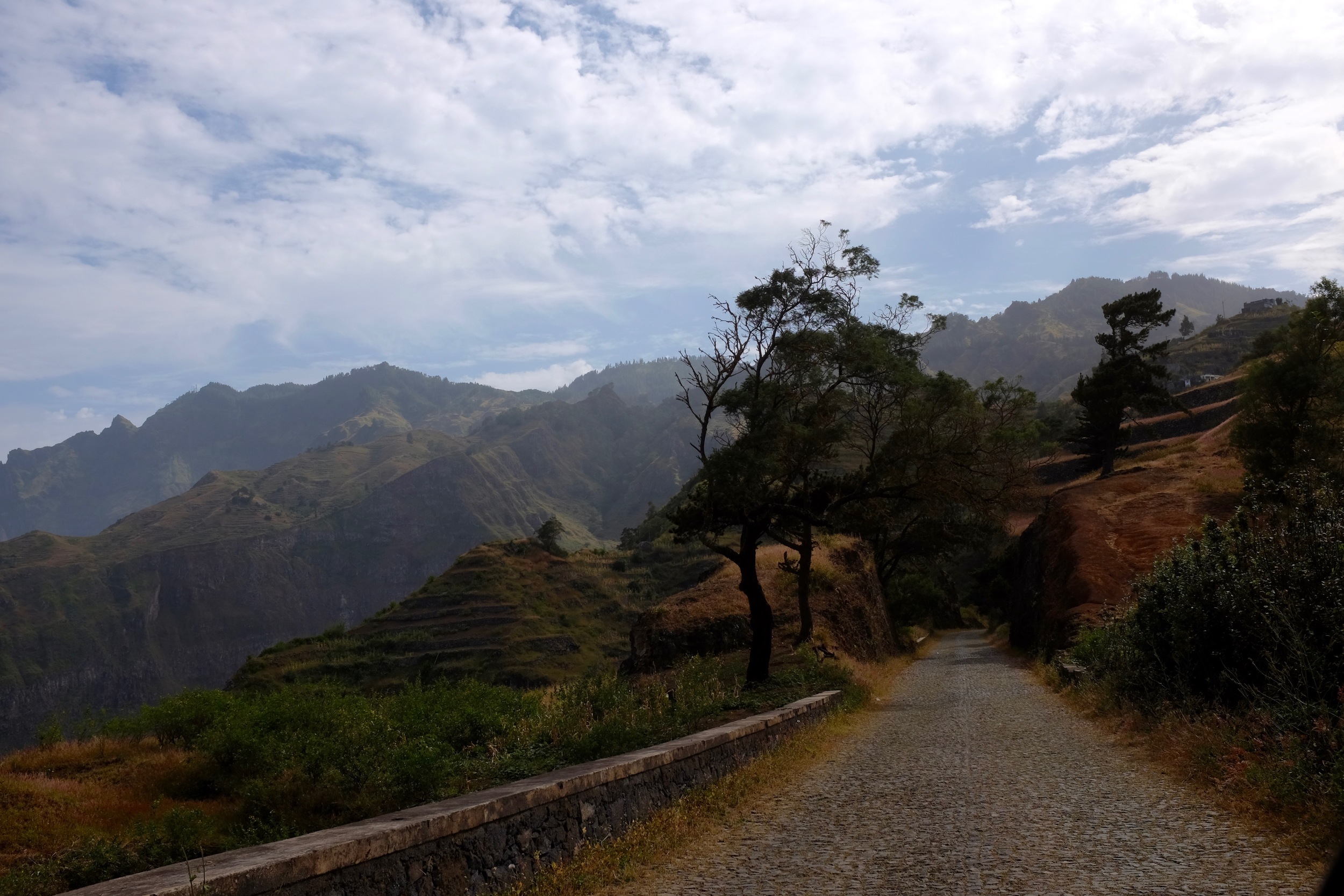
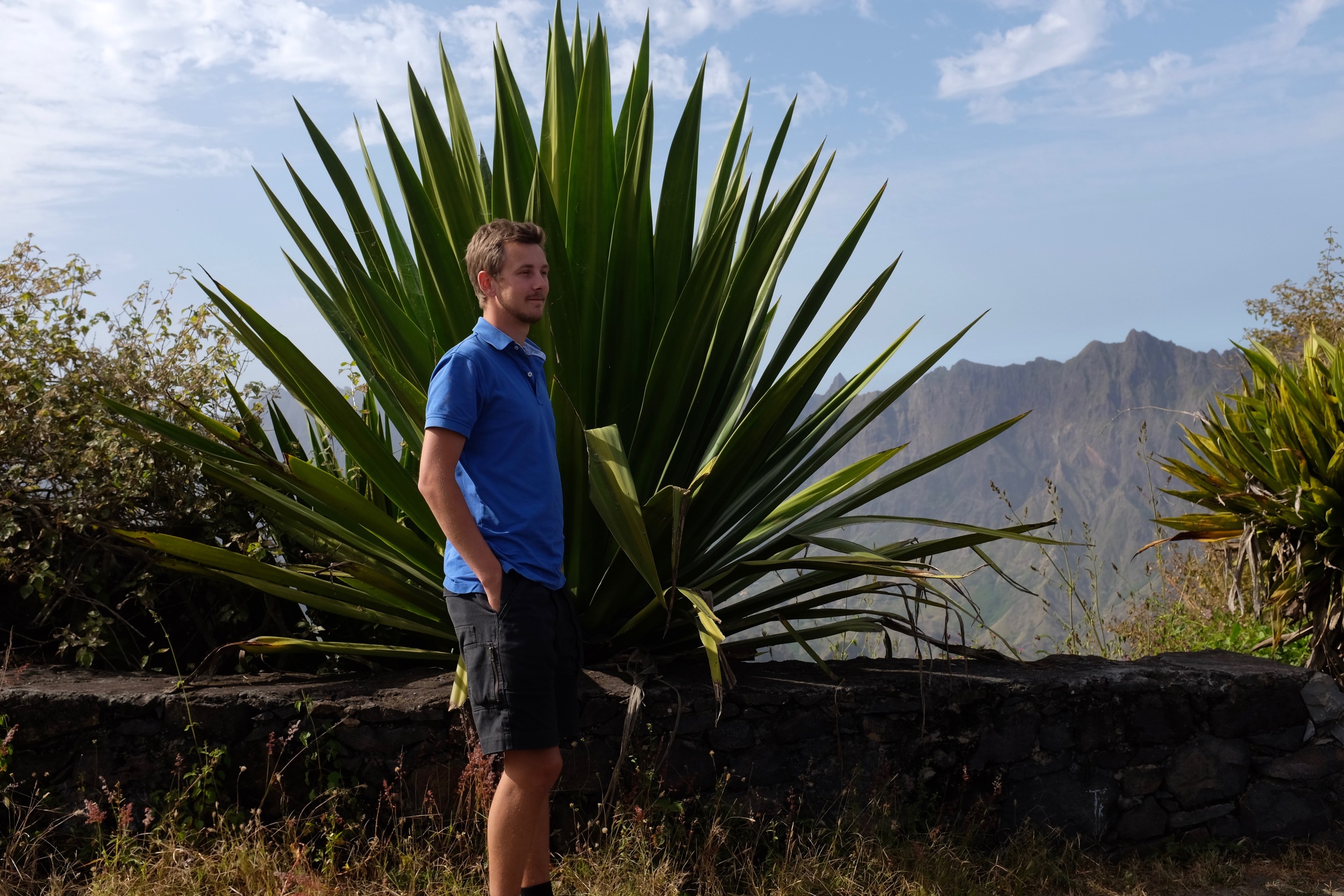
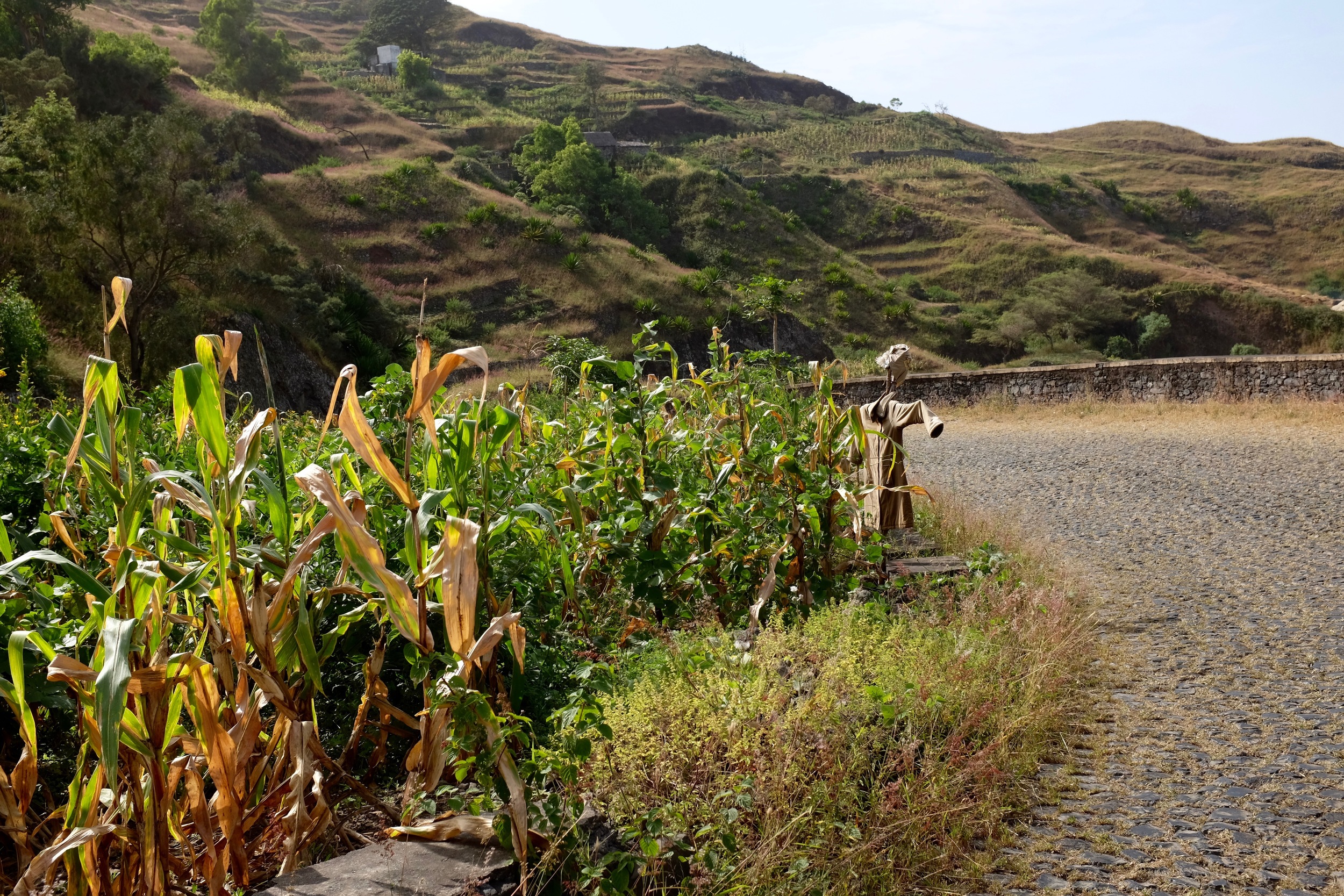

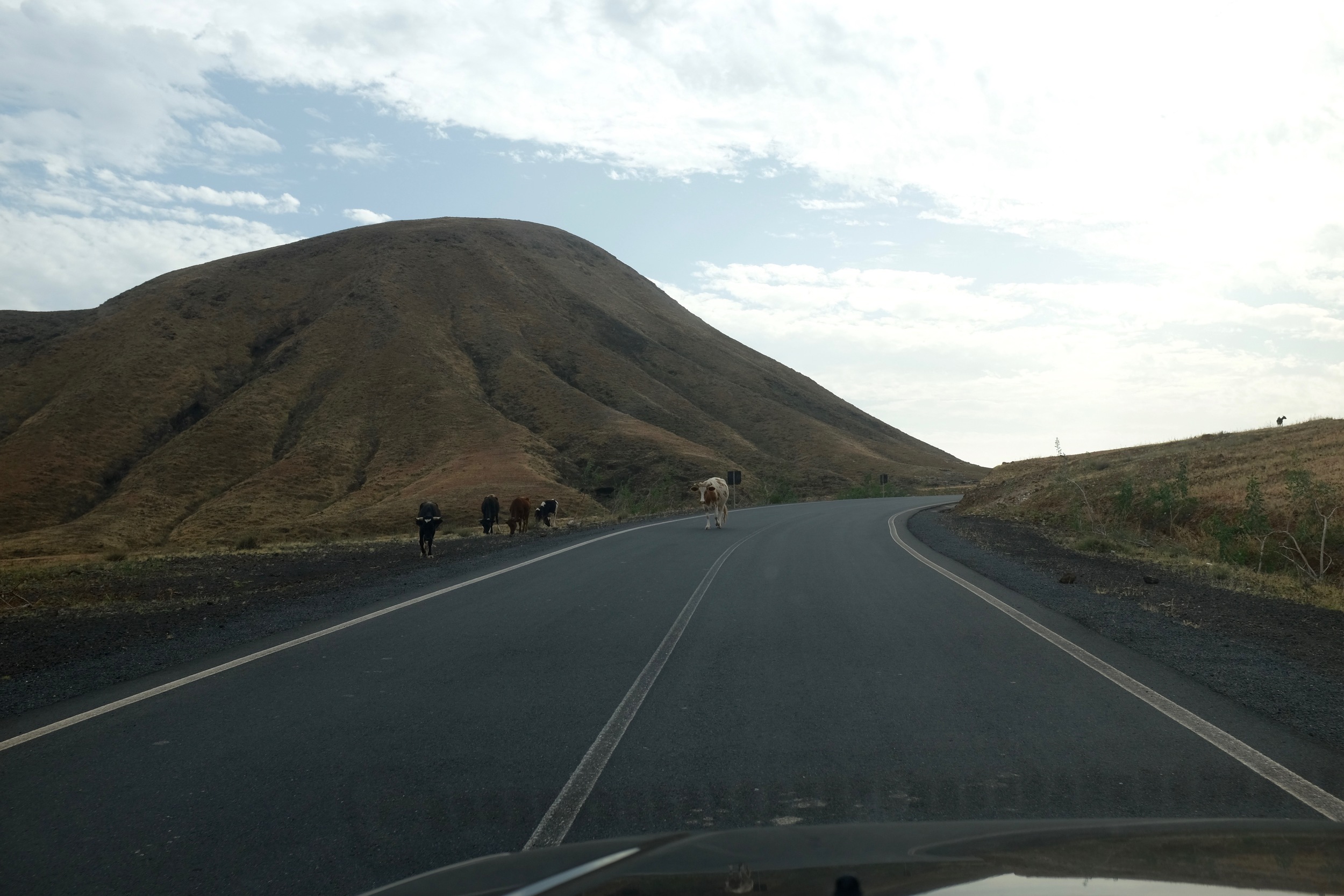
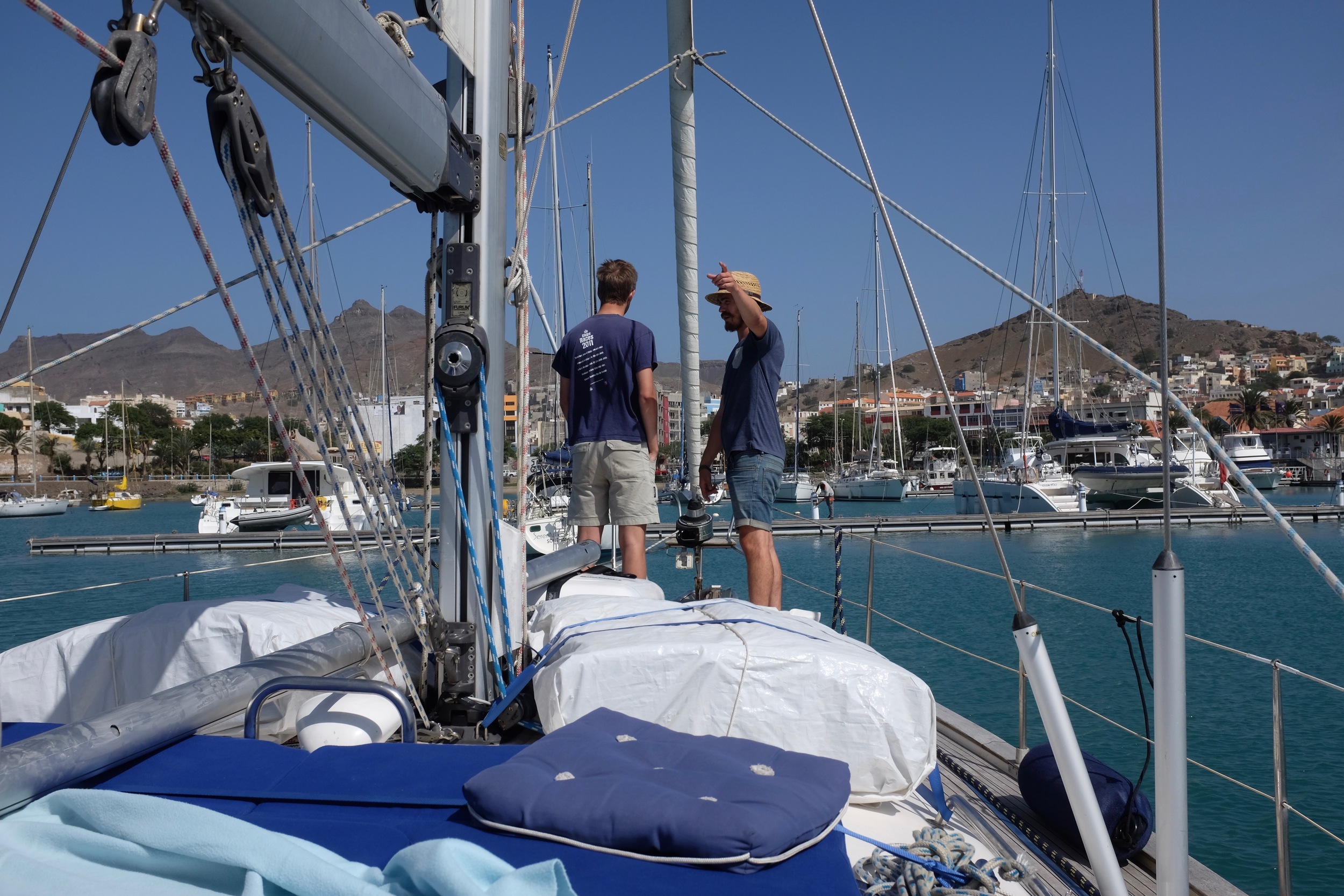
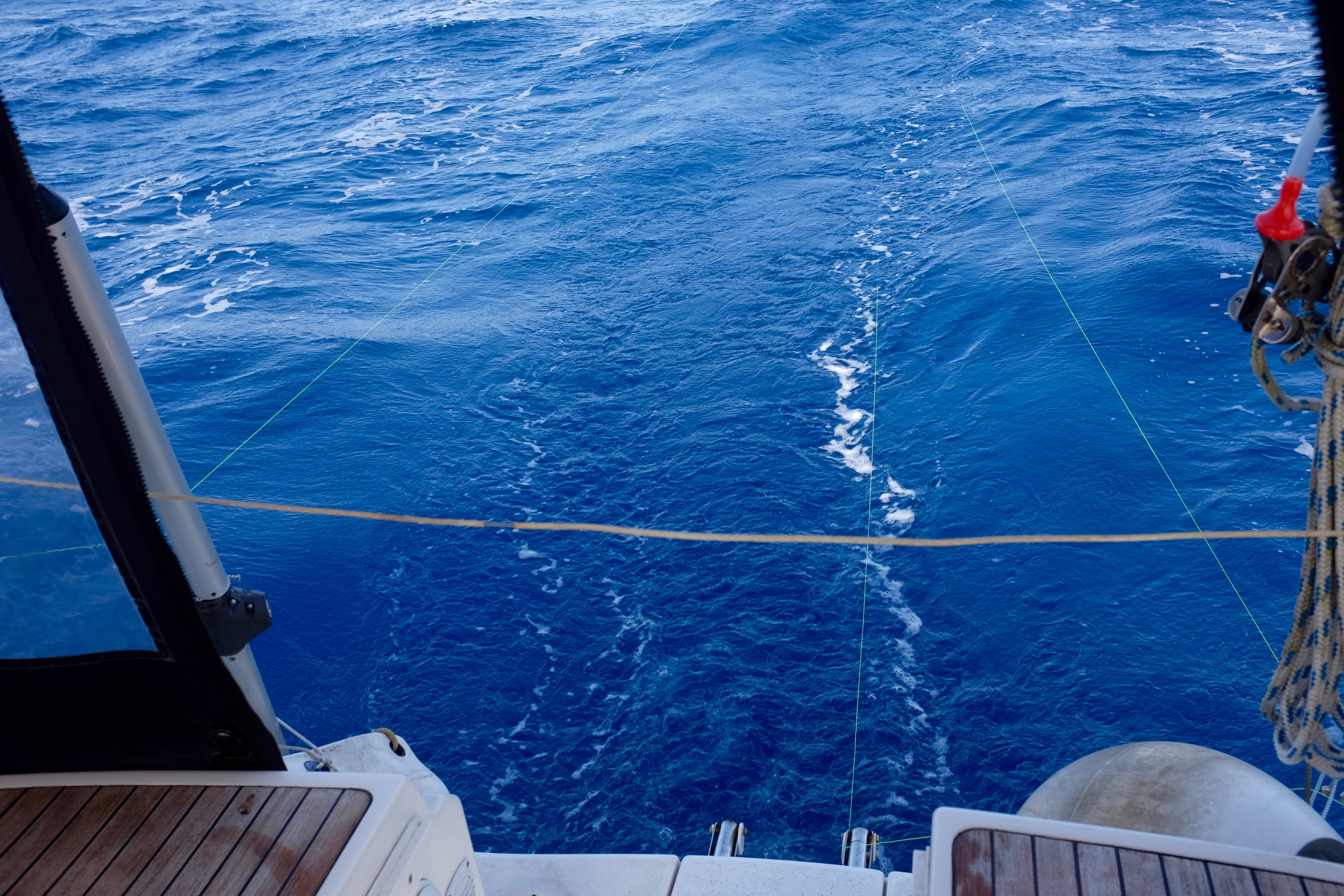
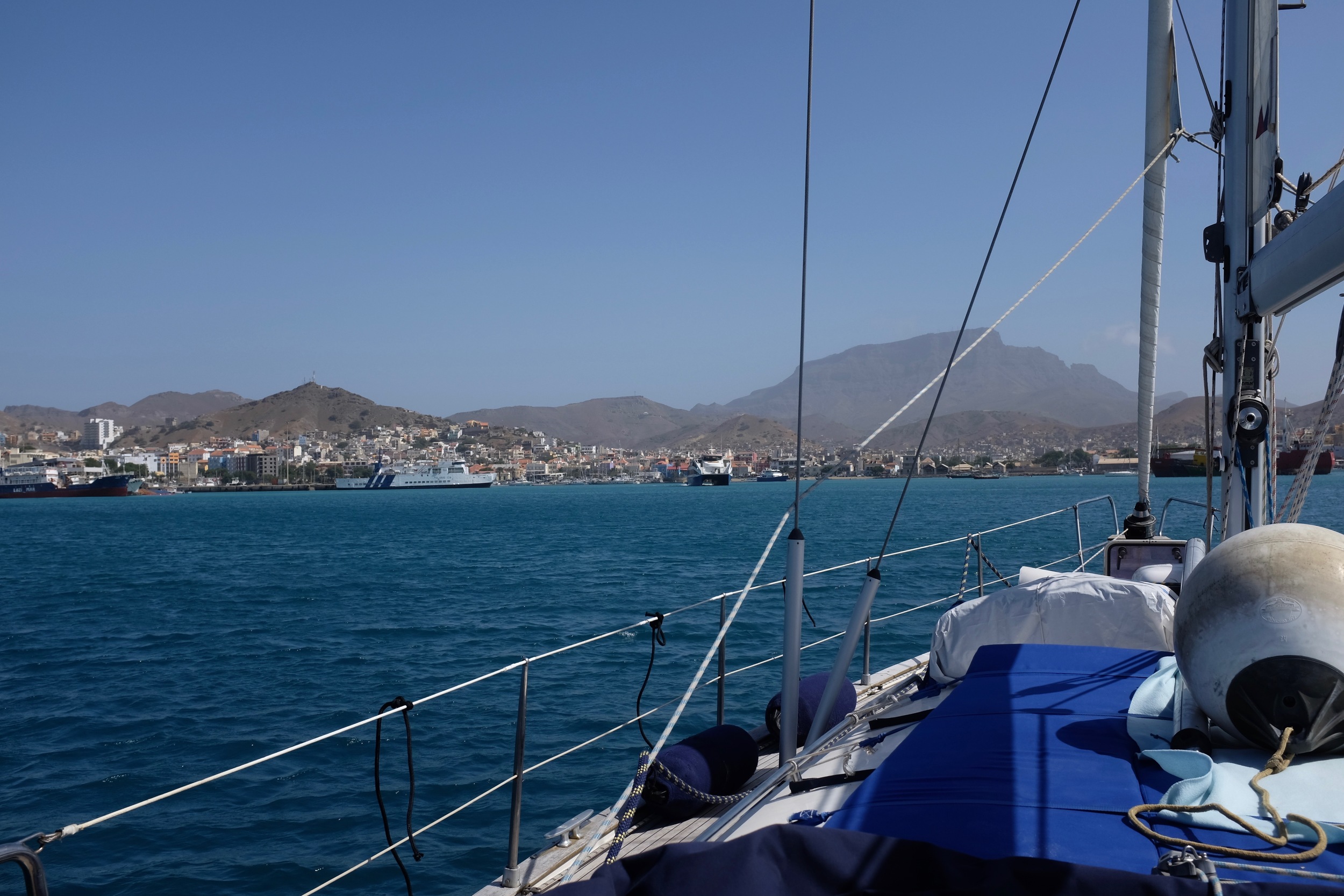
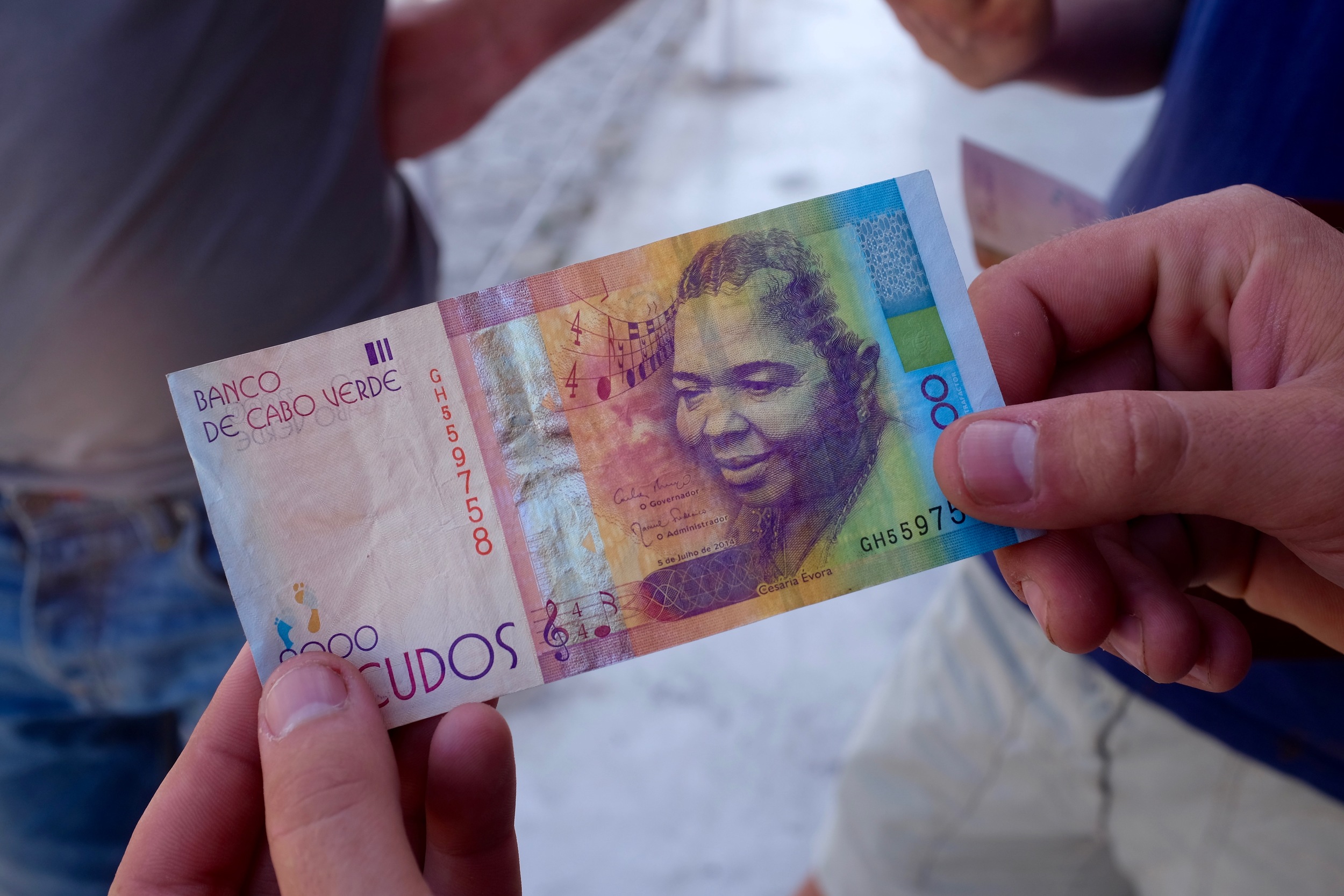
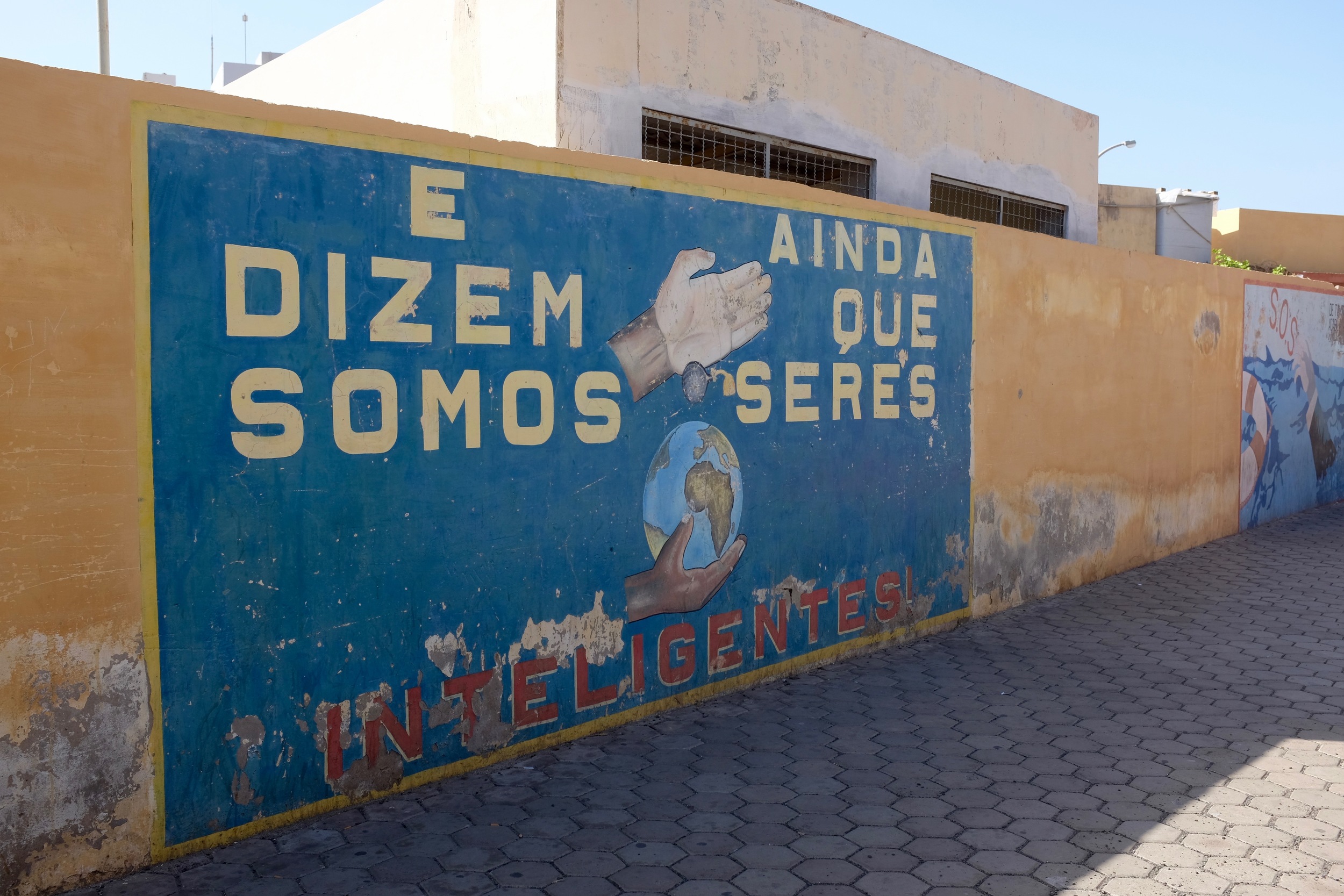
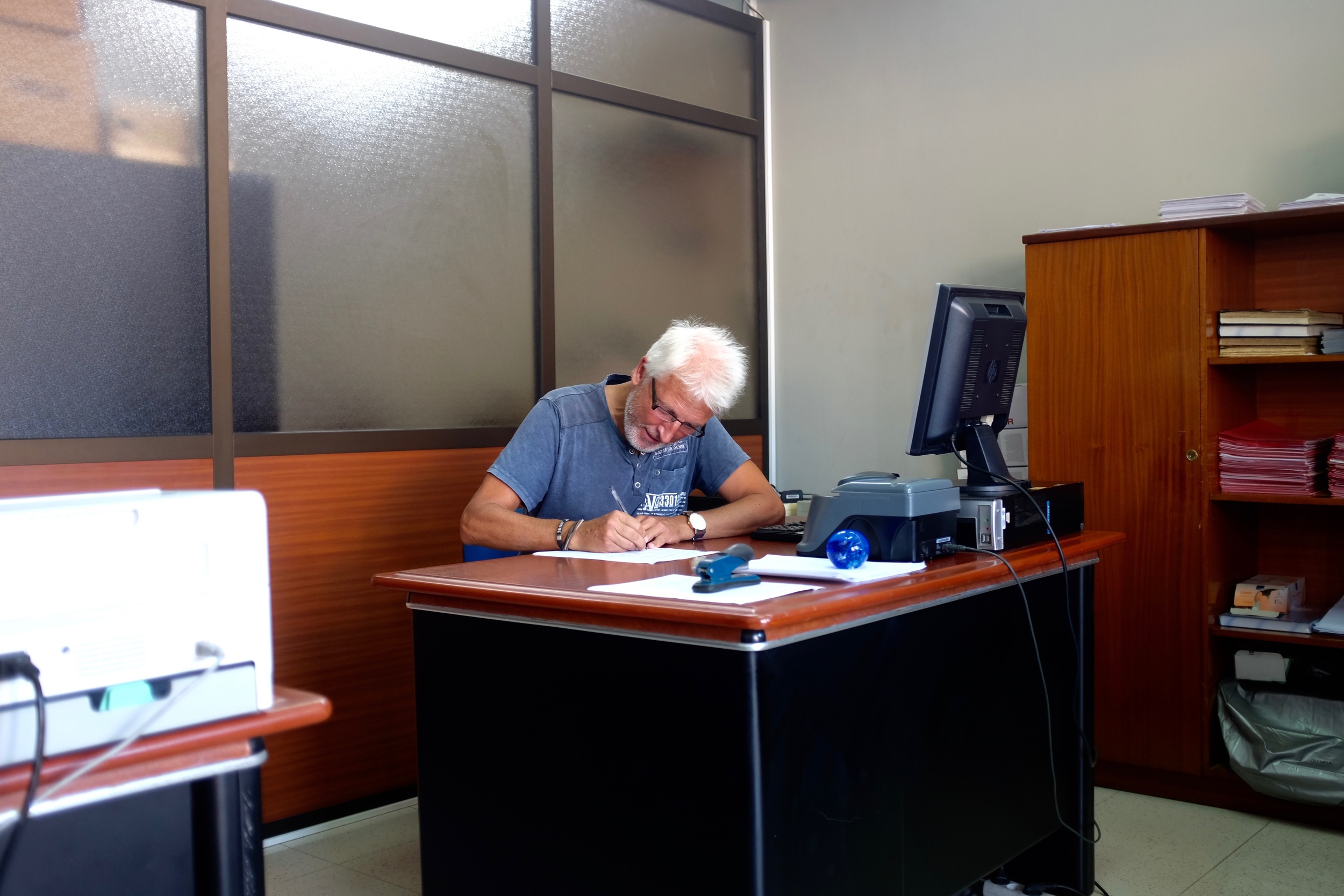
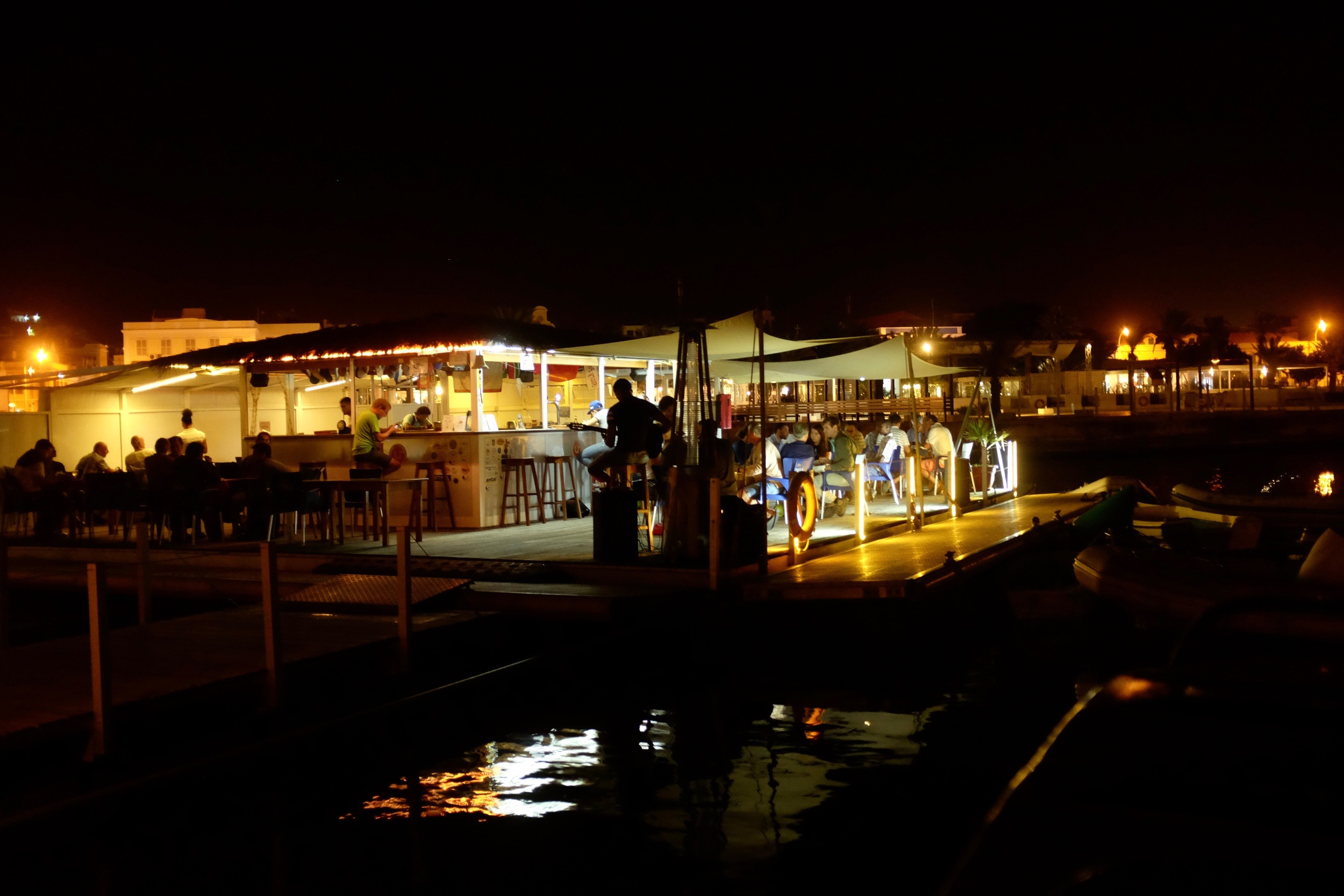
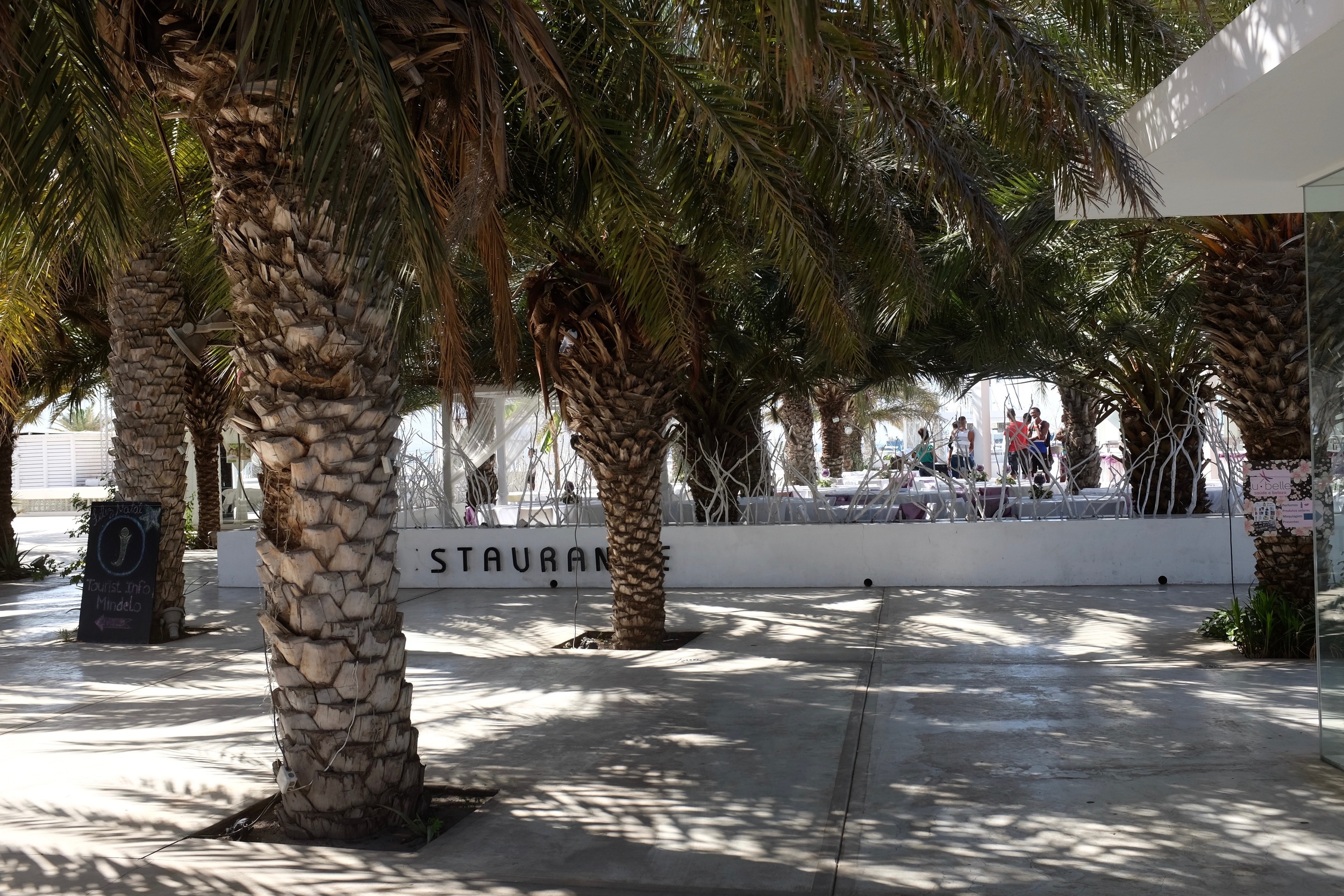
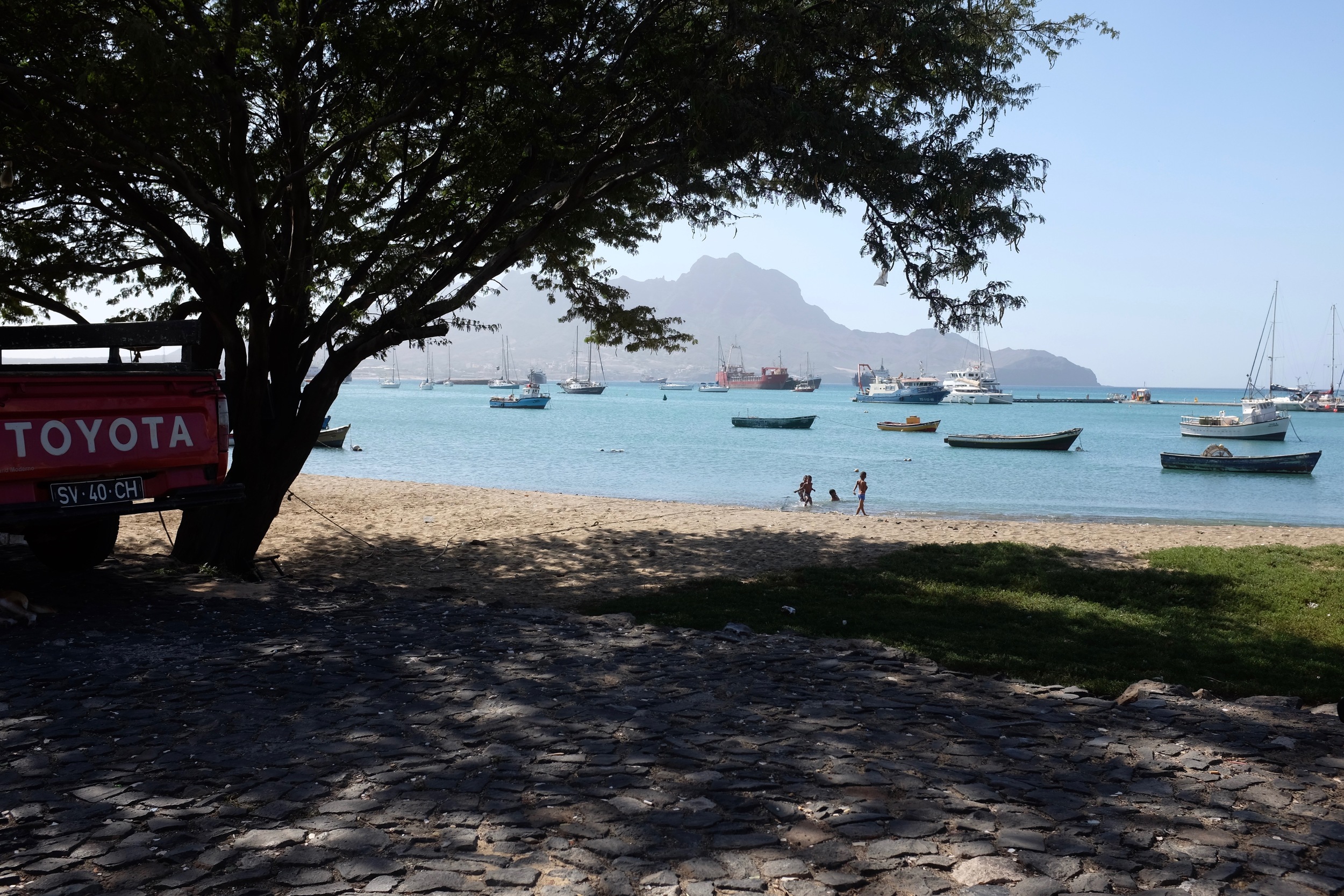
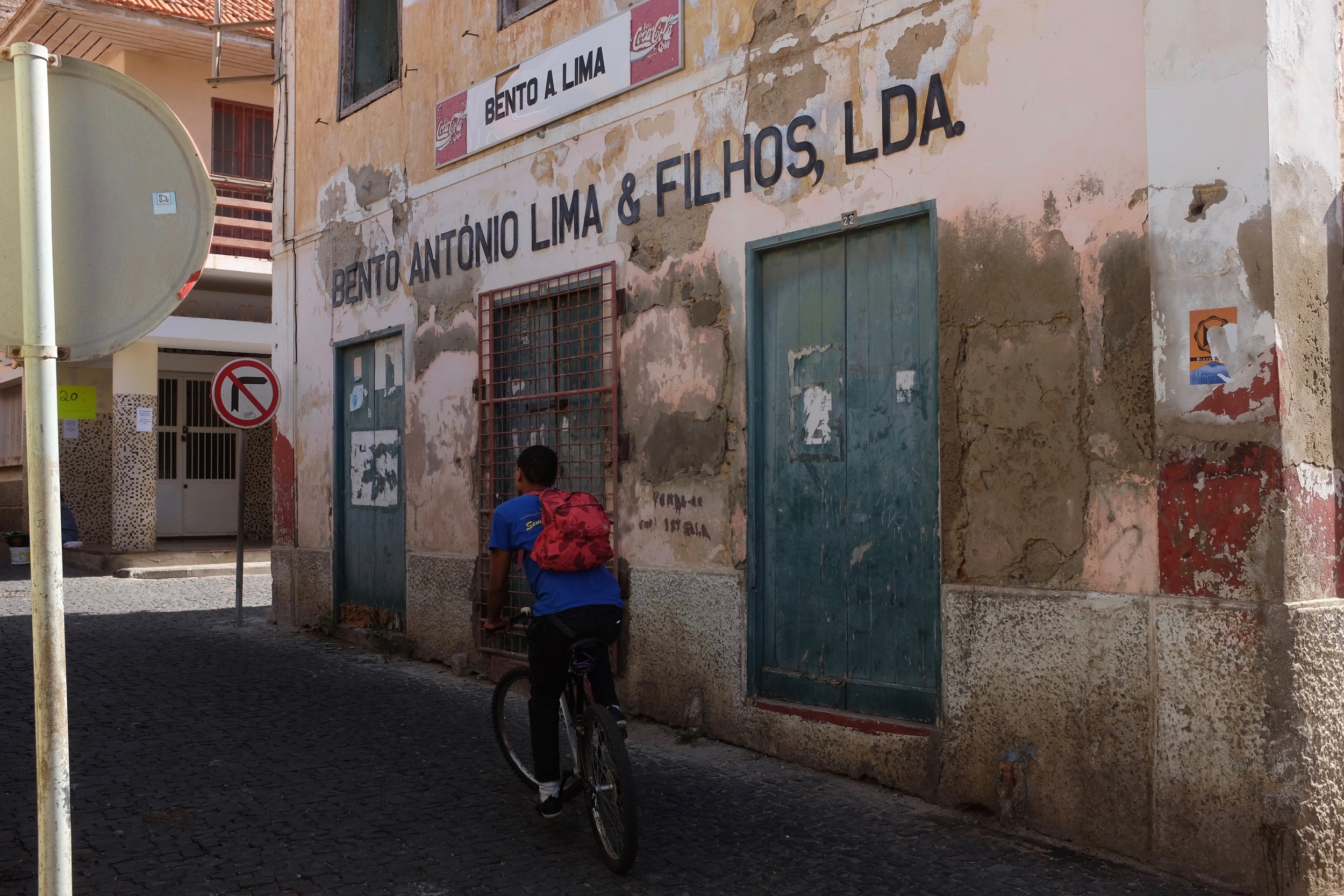
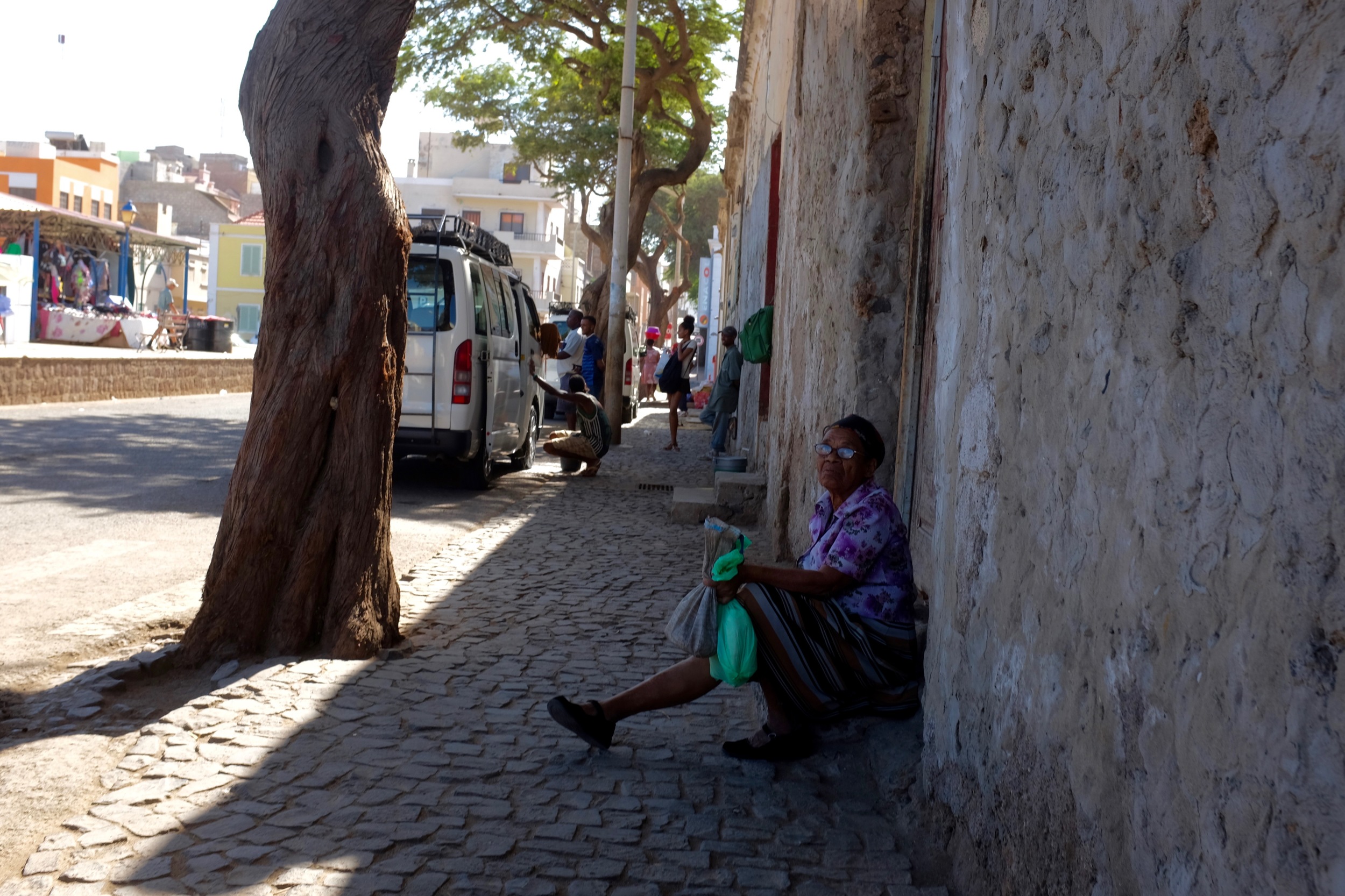
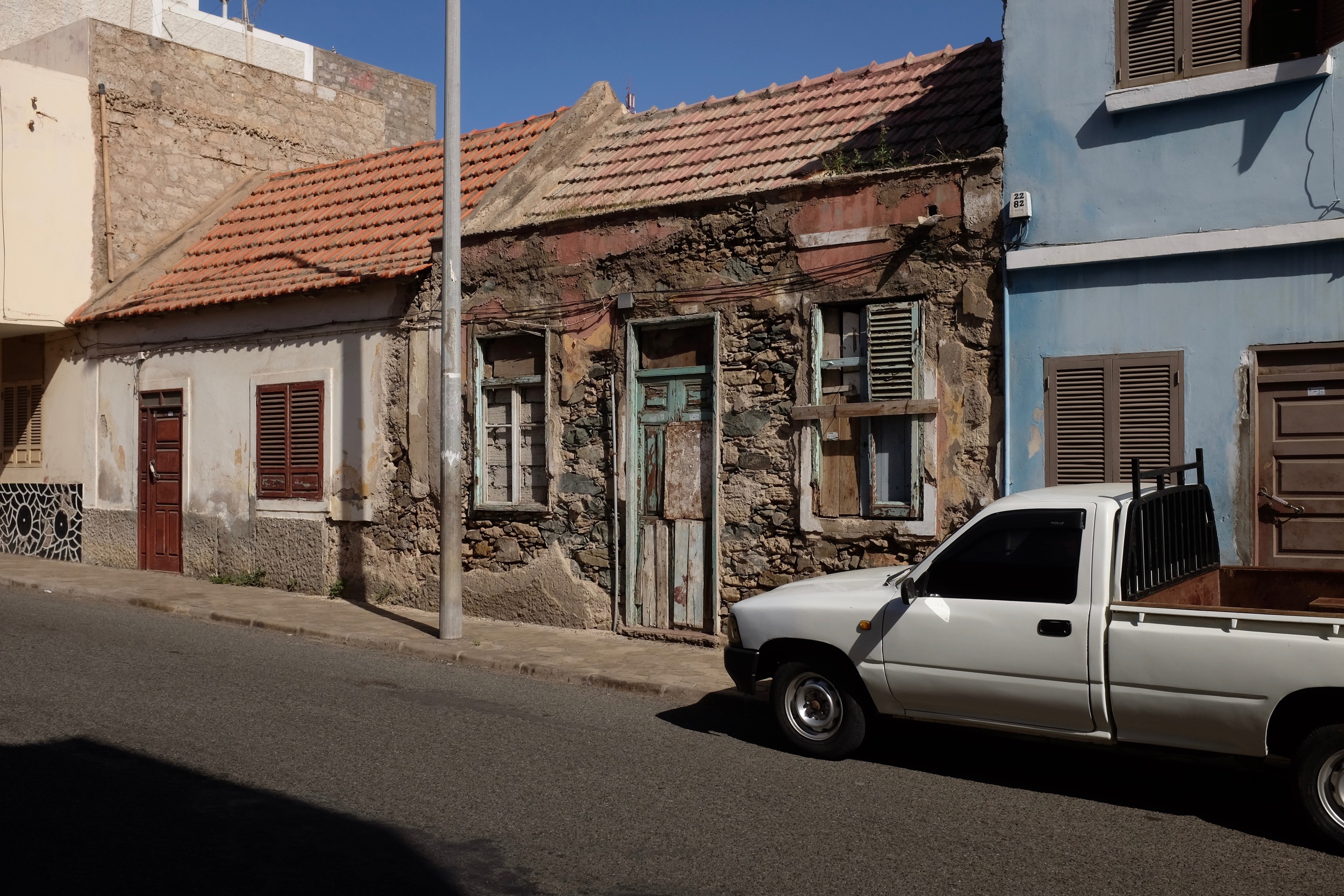
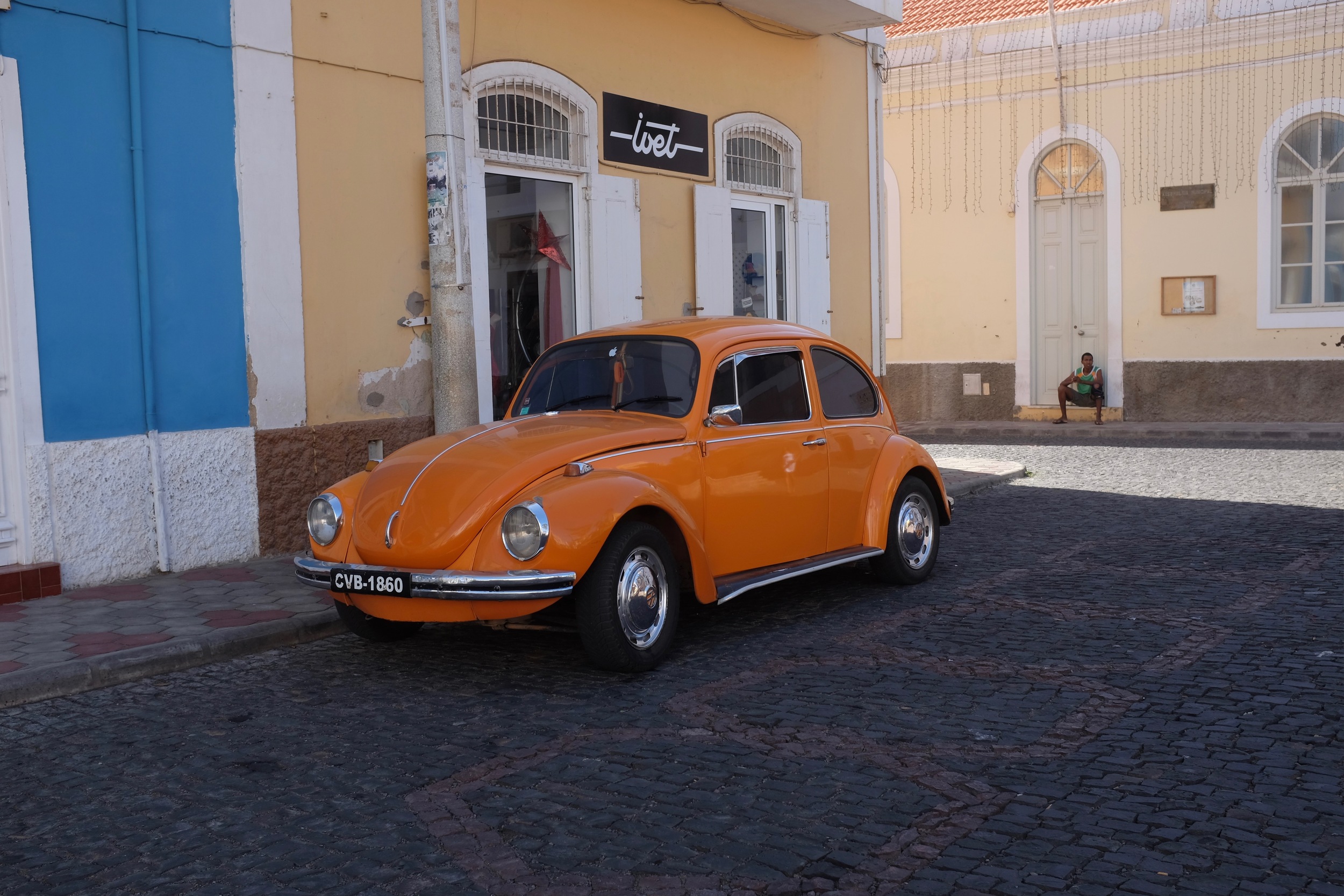
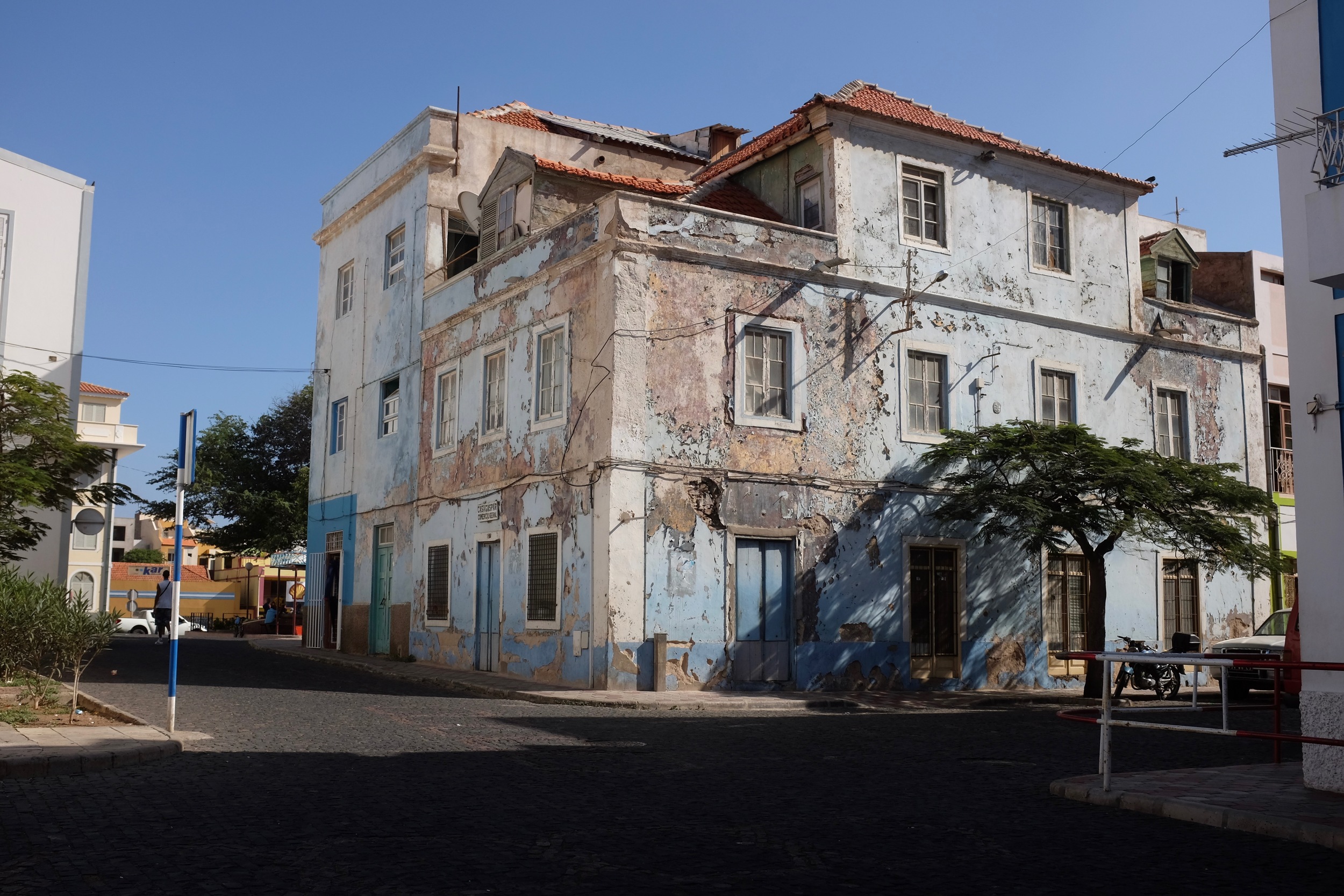
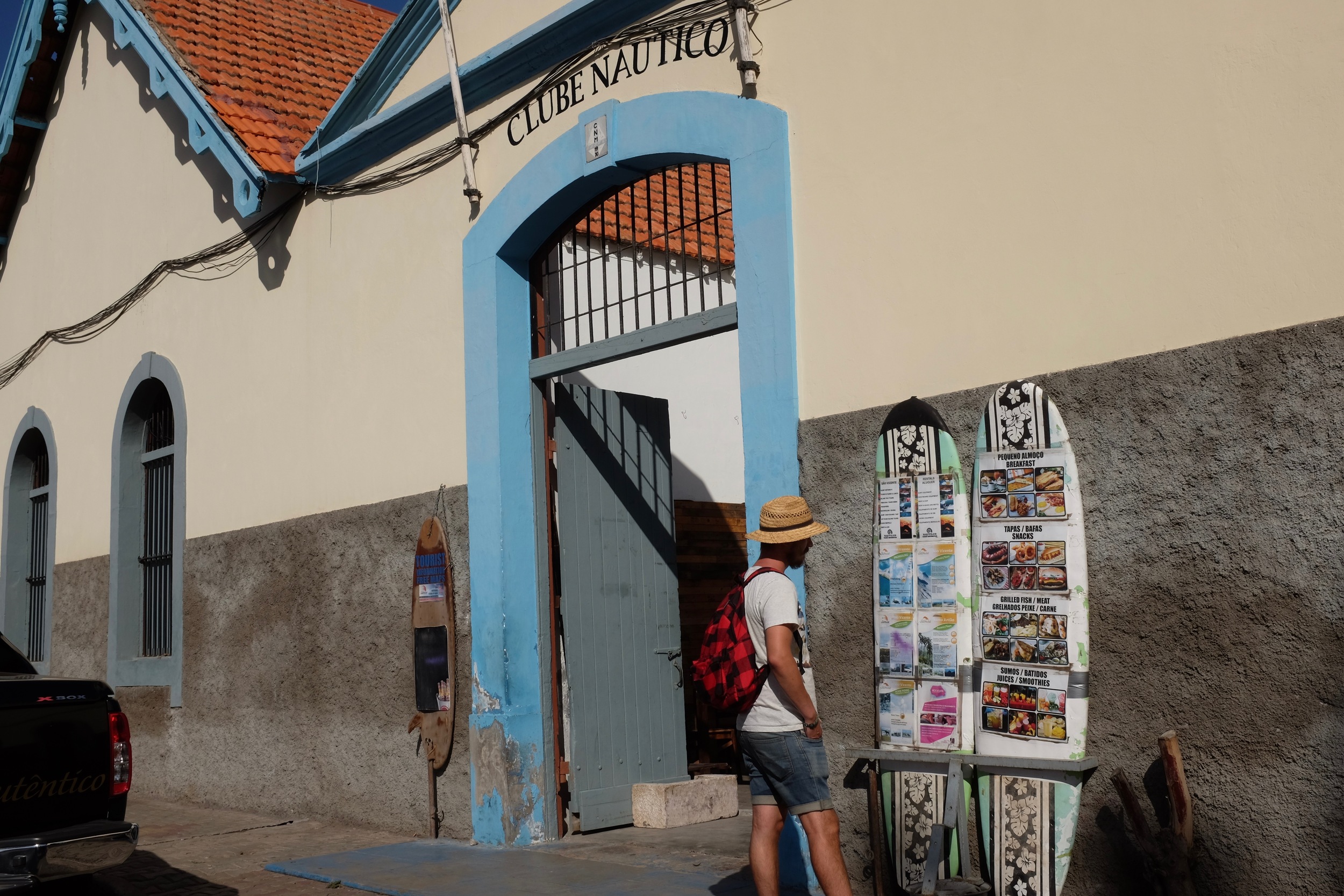
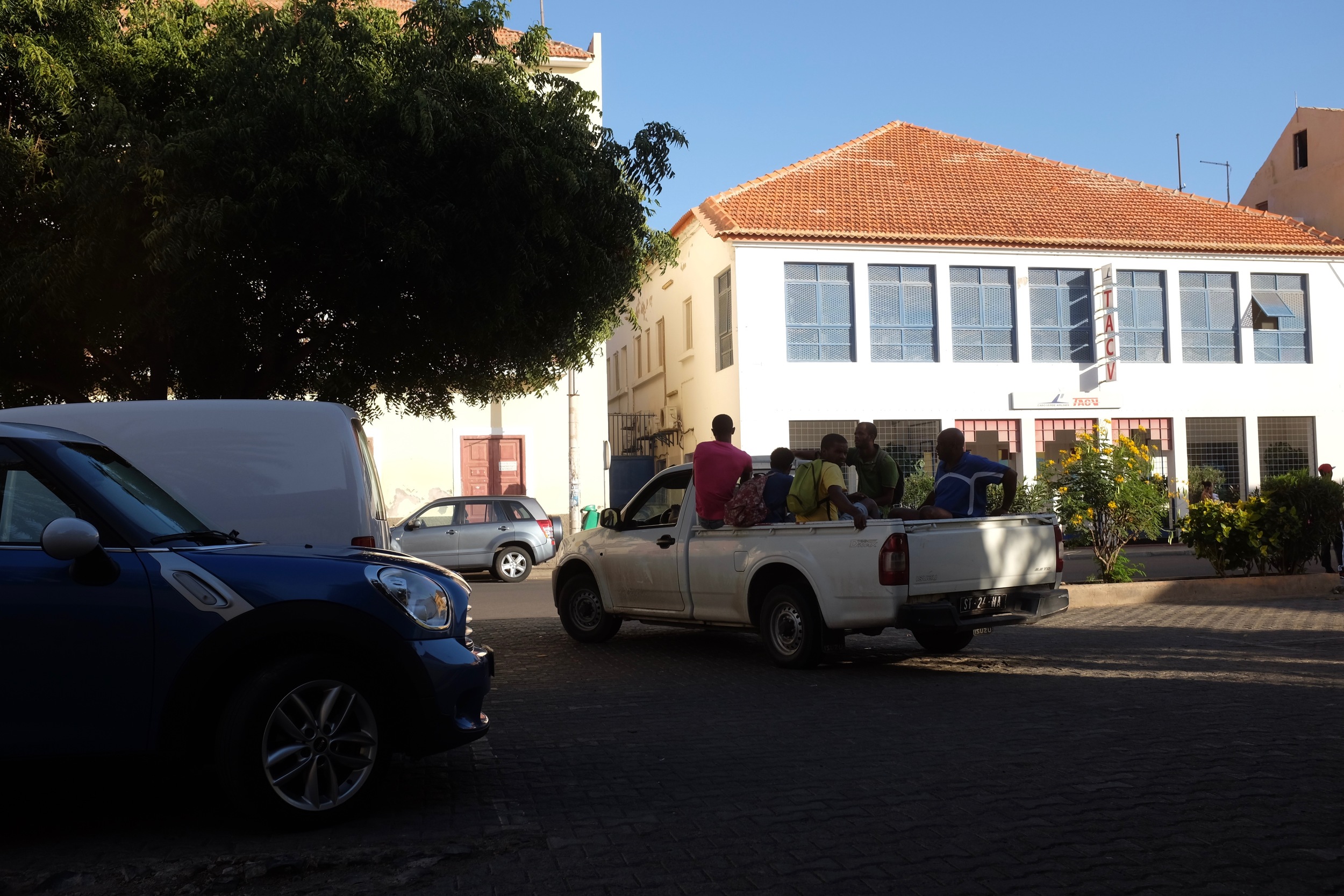
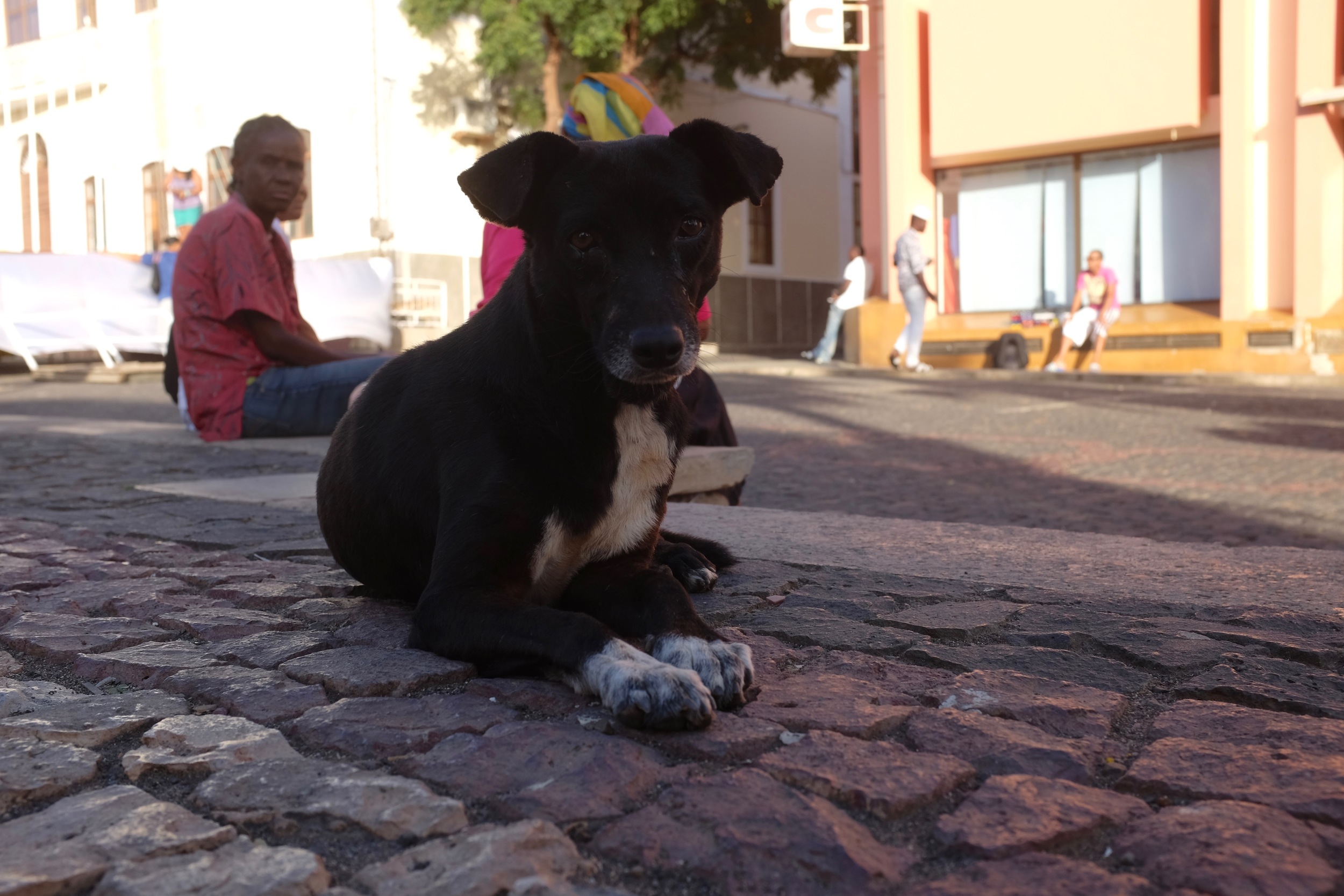
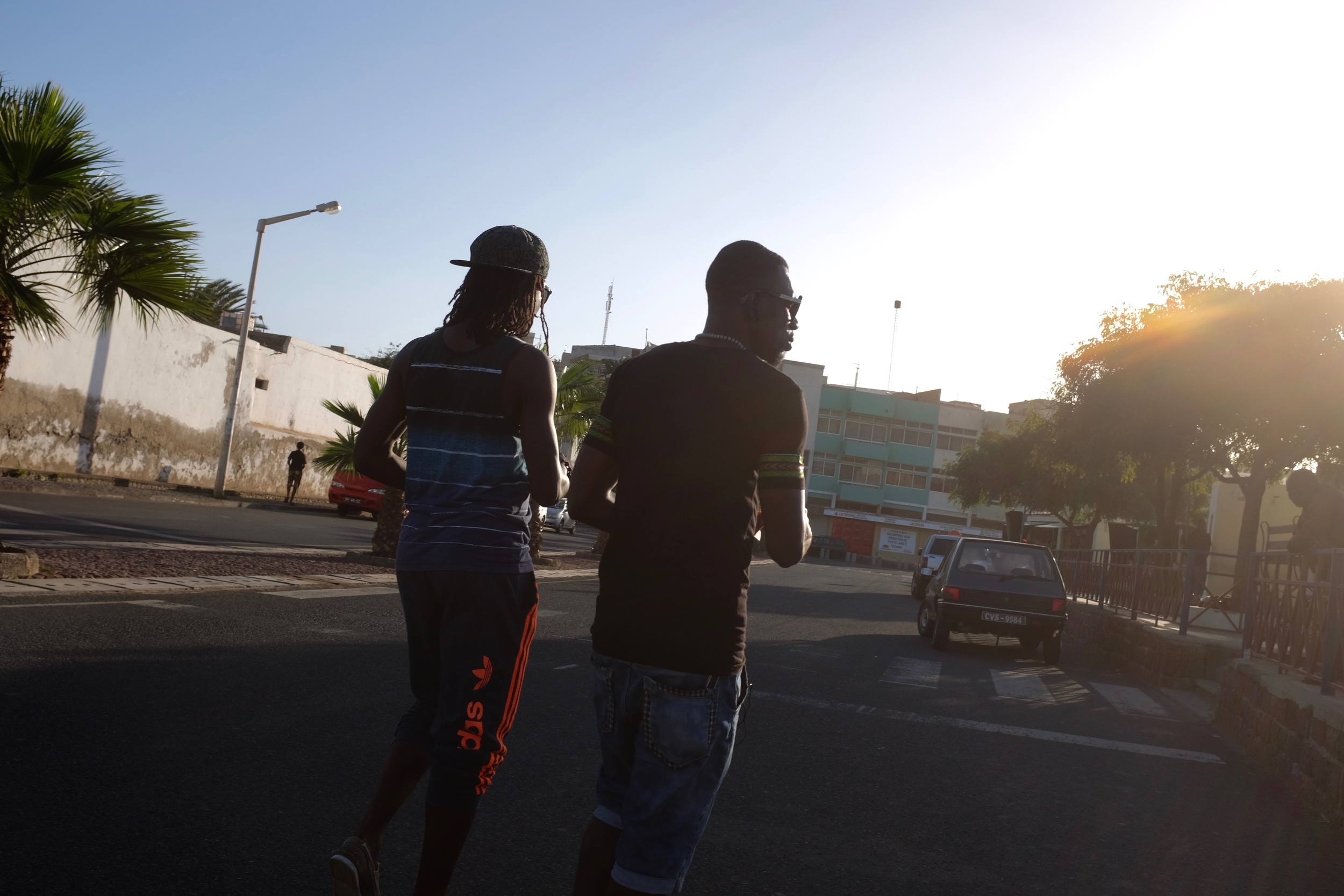




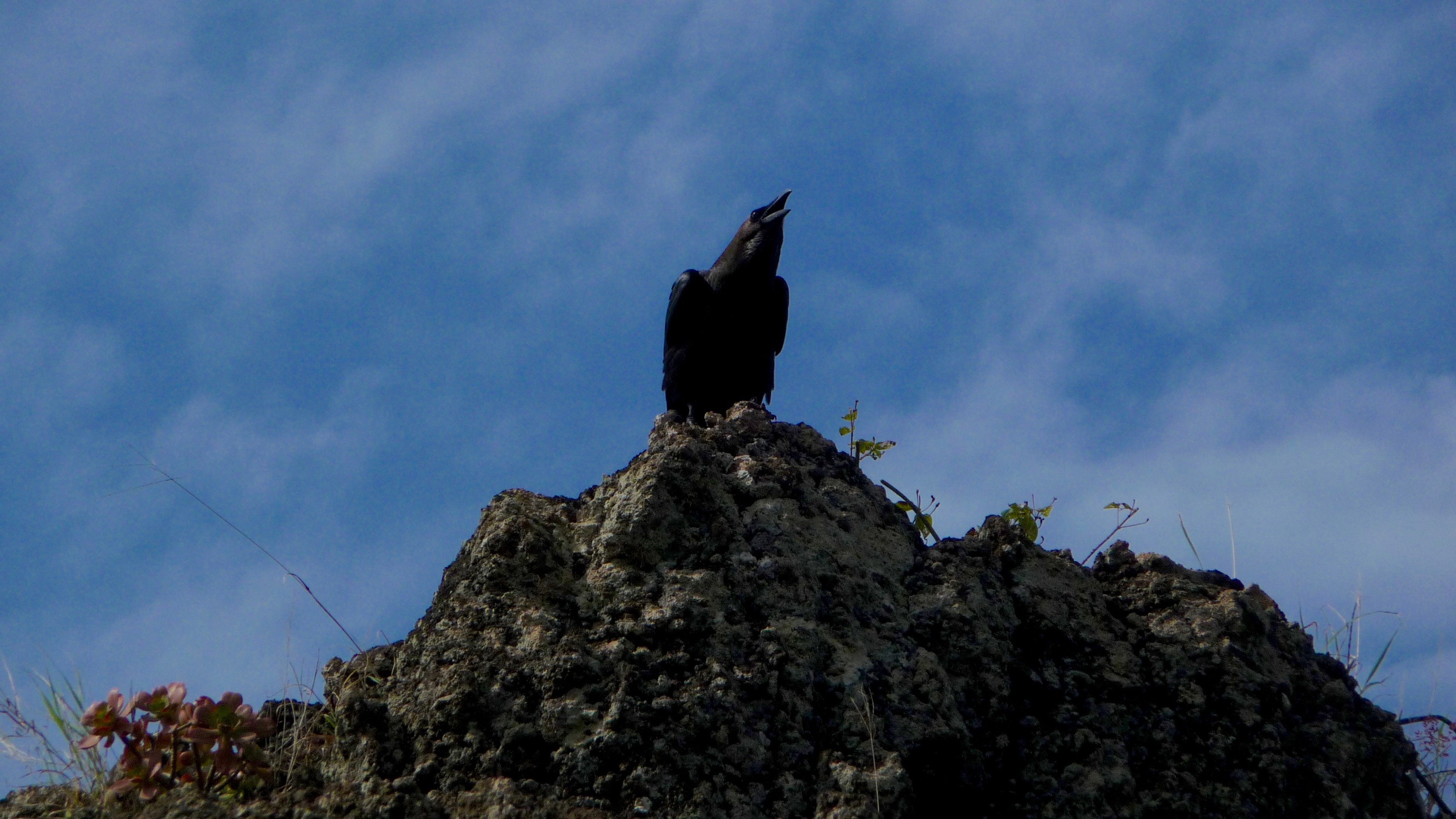

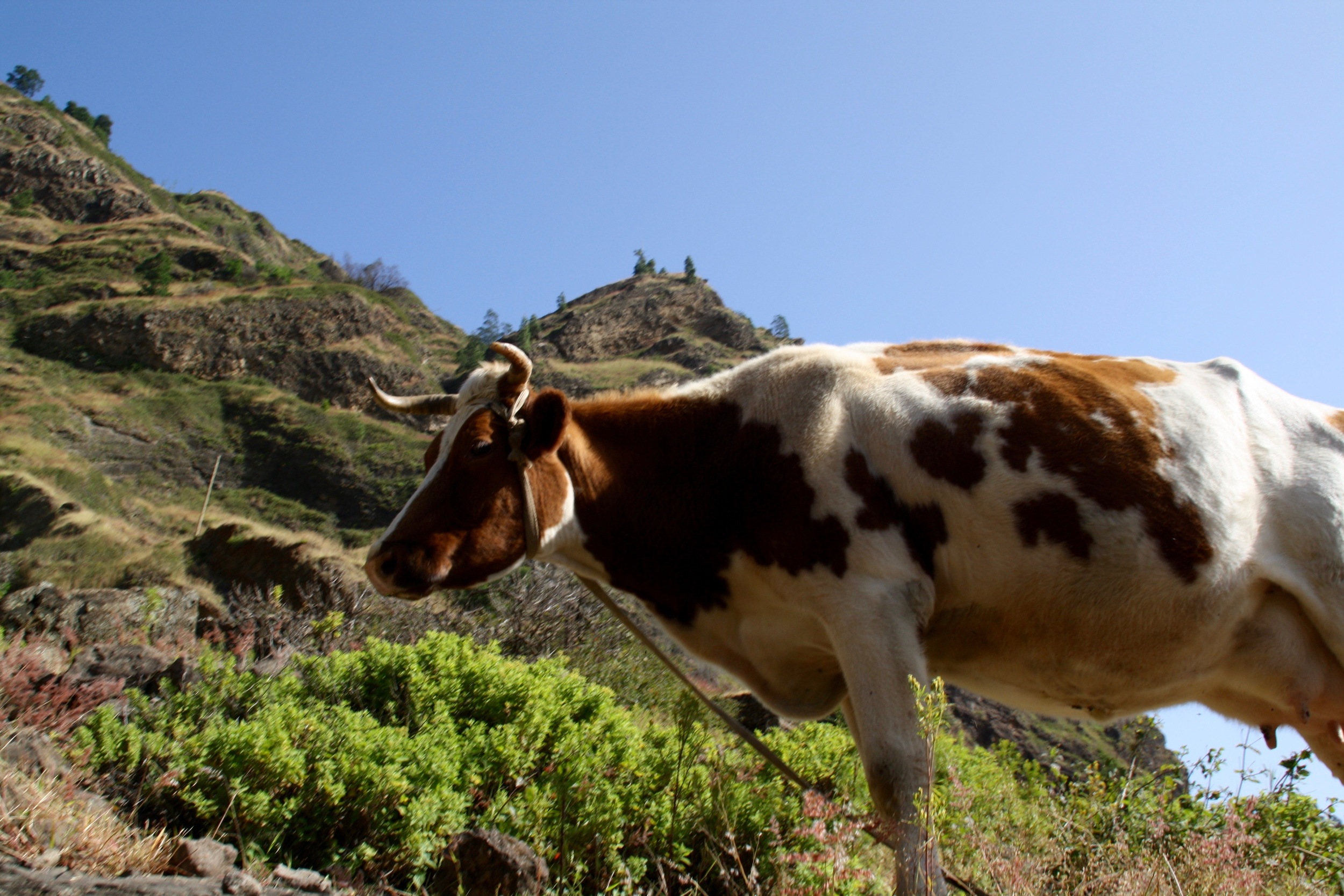










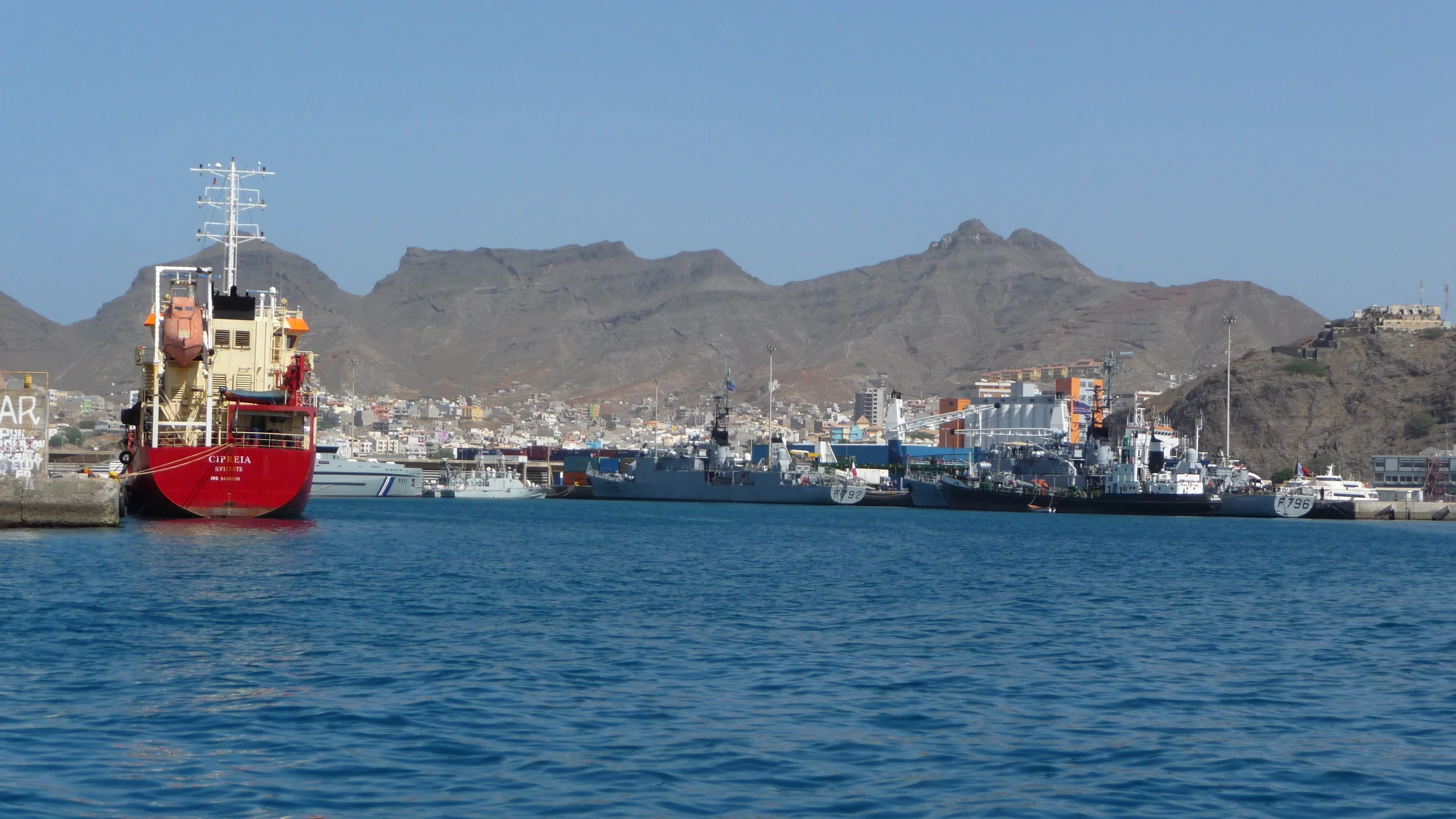
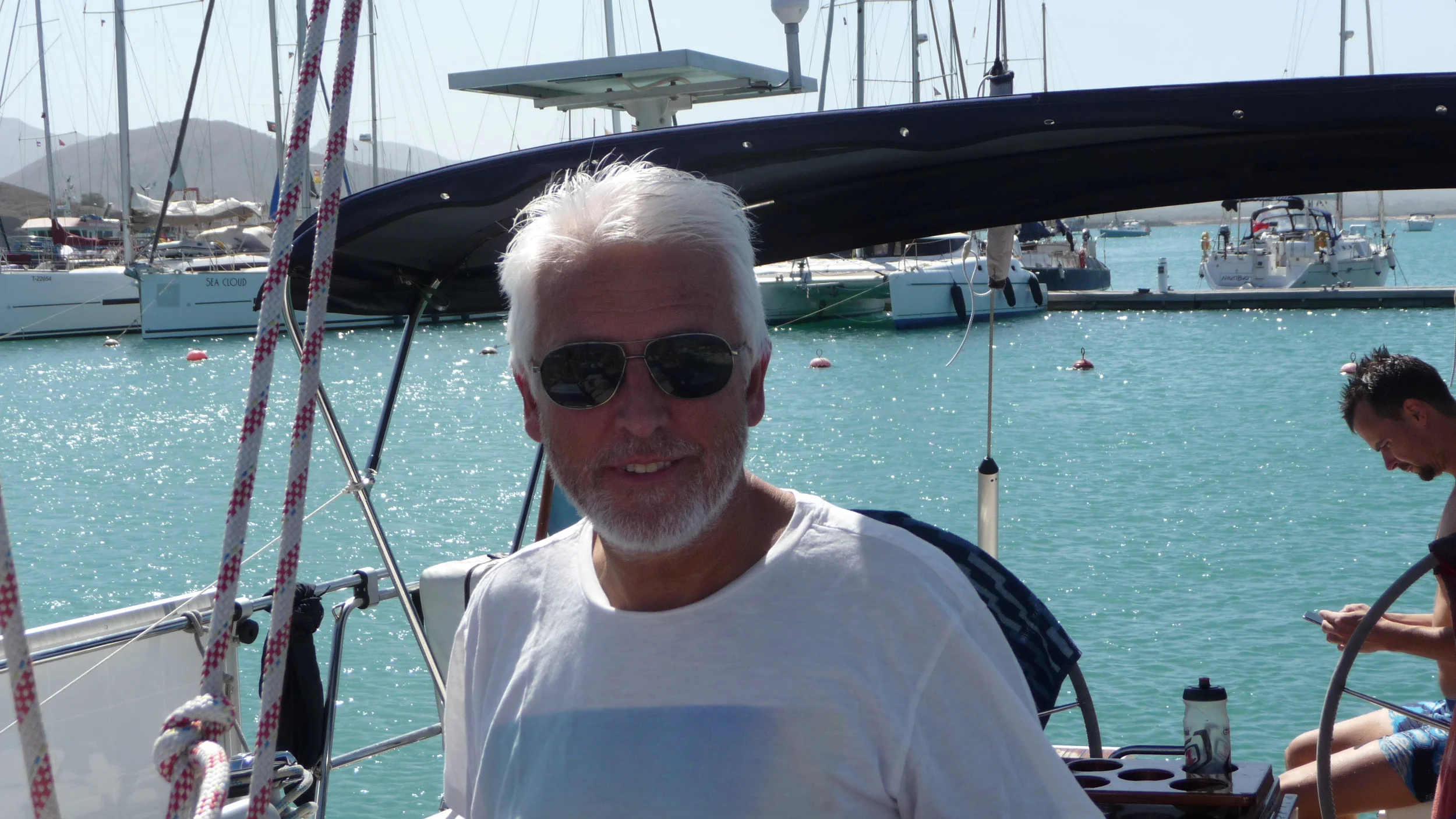
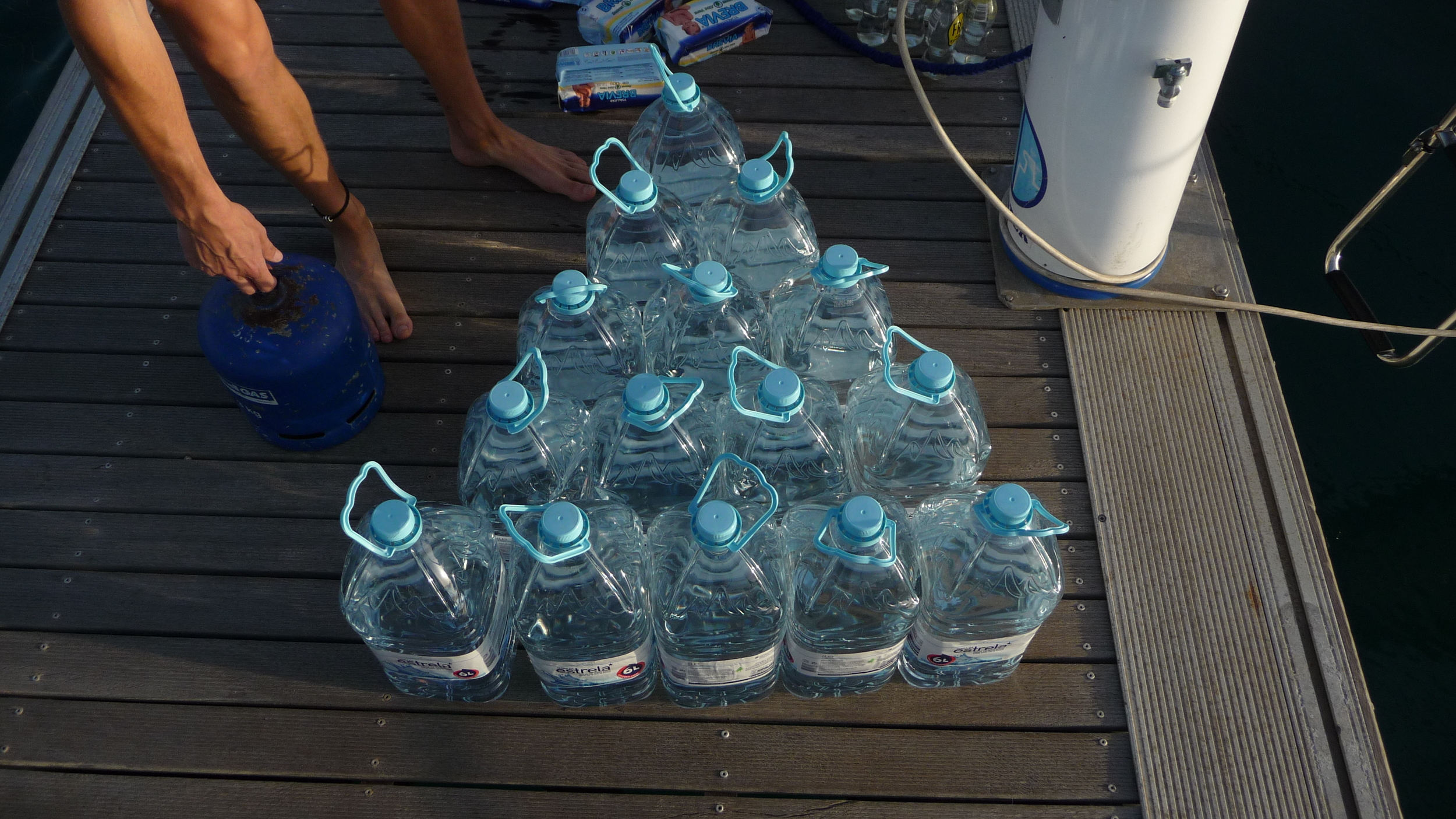

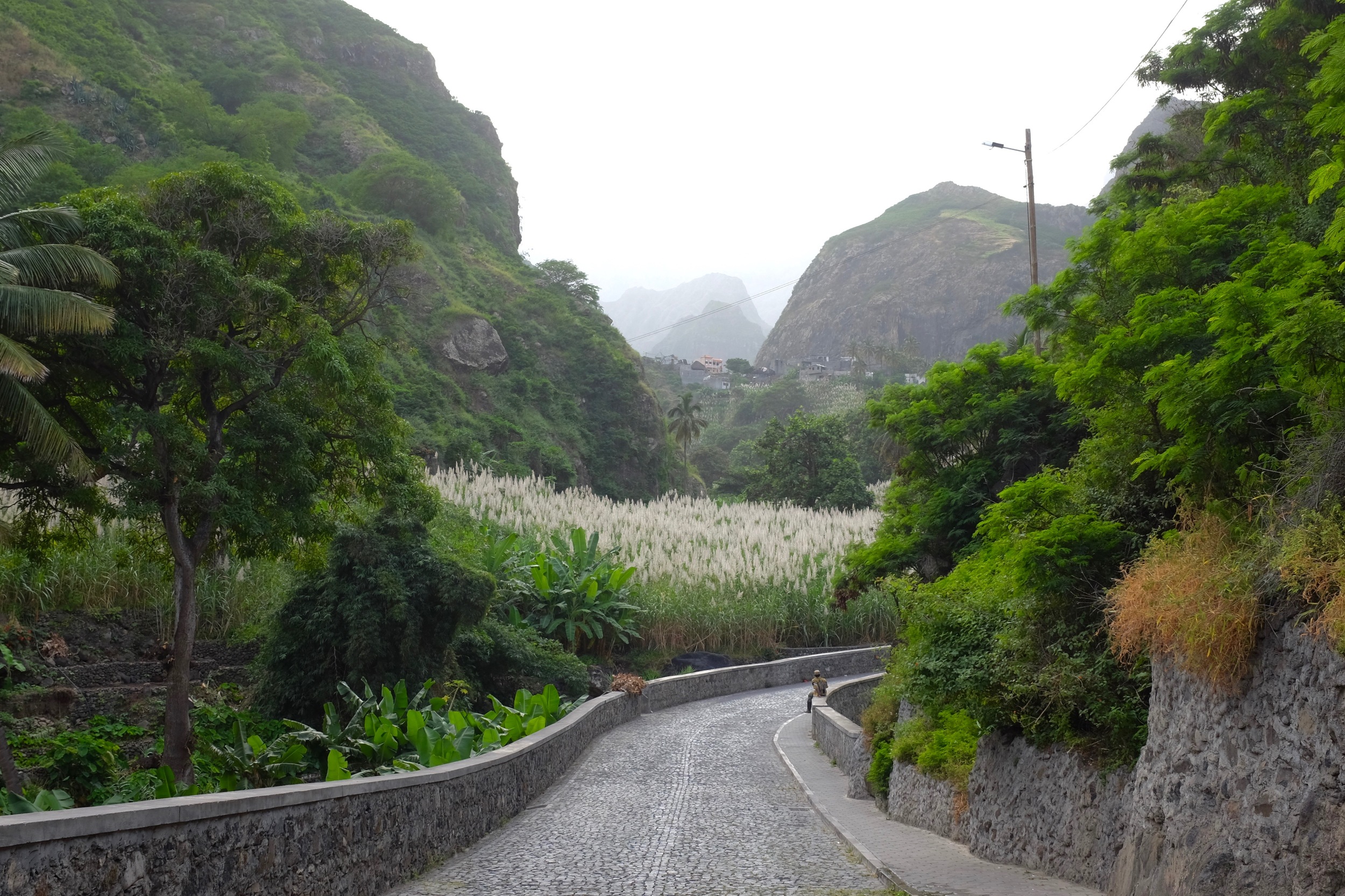
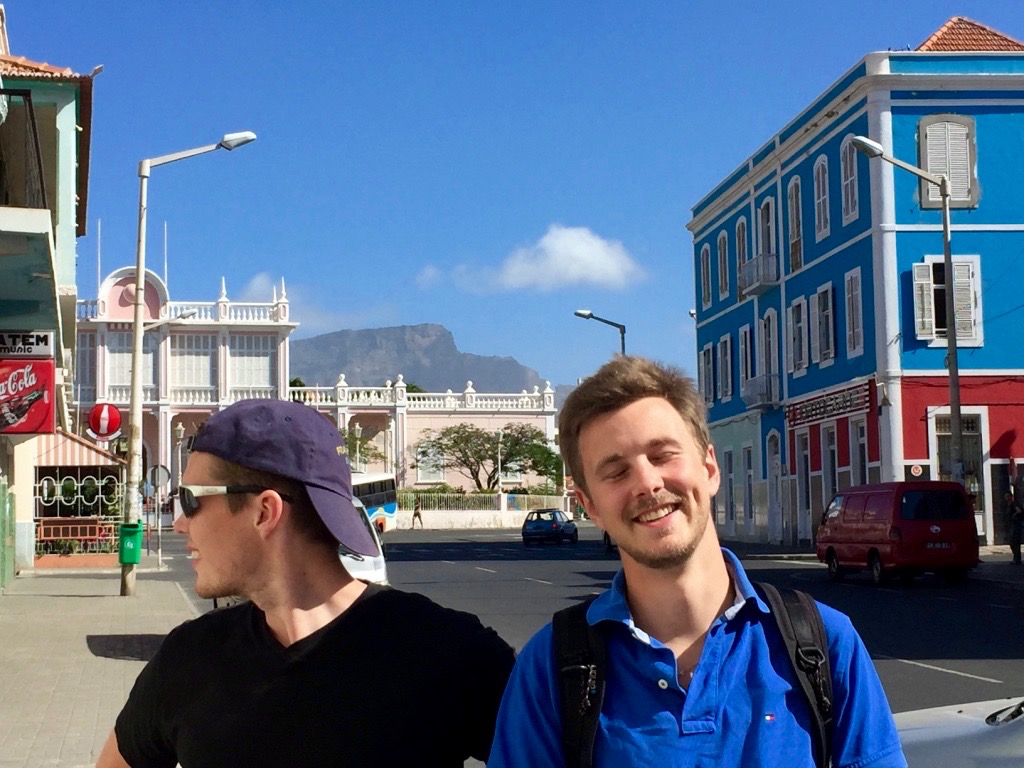
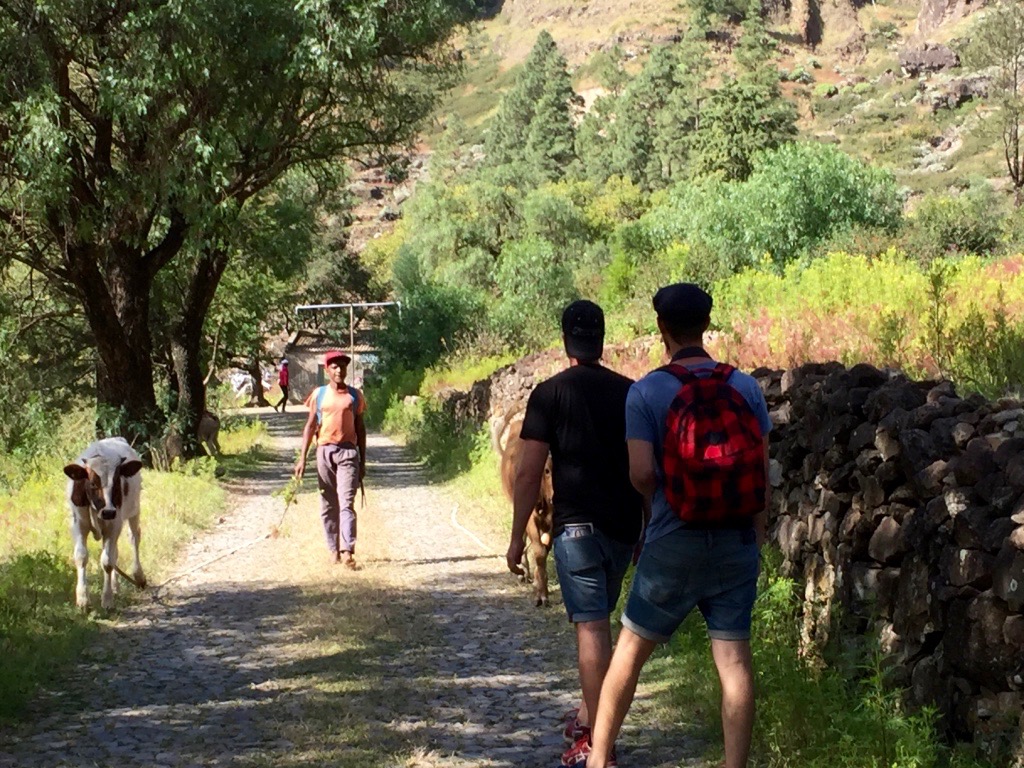
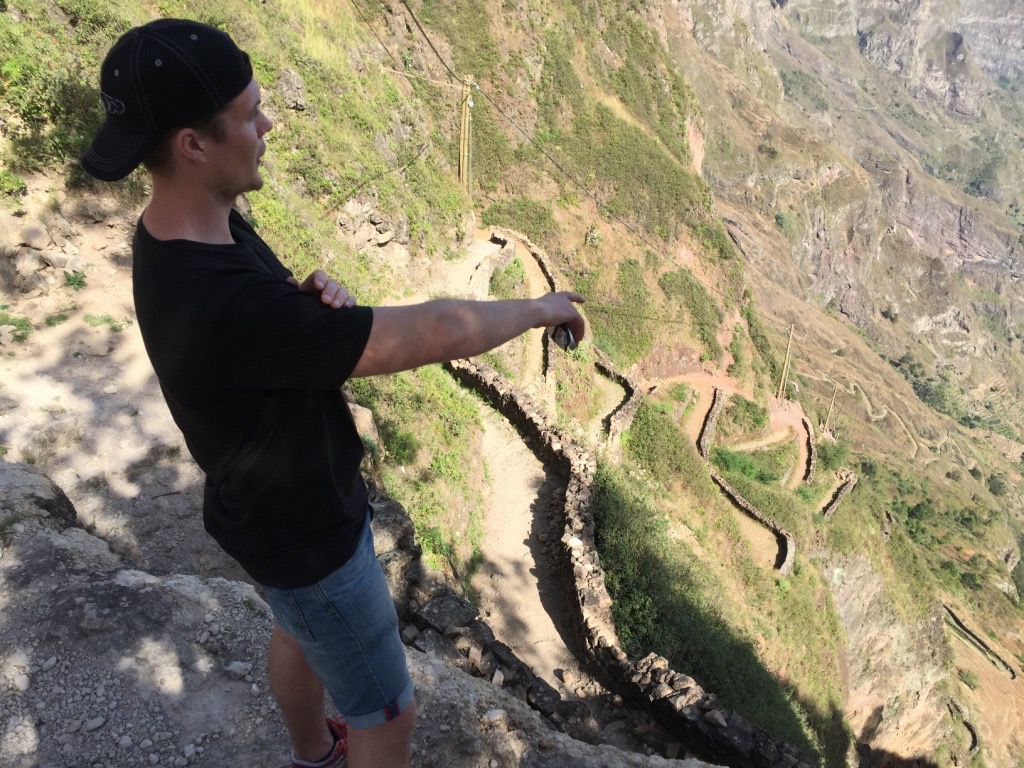
About 600 kilometers off the coast of West Africa is a large archipelago of volcanic islands which rose high above sea level some 140 million years ago. Uninhabited before the Portuguese found the islands in the late 14th century. People are a mix of African and Portuguese decent plus any other gene mixing during colonization, slave trade and trade routes. A heavy past has led to a culture that reflects back upon what have happened. The island got their independence in 1975.
We visited only two of a dozen islands; São Vicente and Santo Antão. Even though they are close in proximity the islands couldn’t be more different from each other. São Vicente where you find Mindelo and the marina we visited is a really challenging place to live, it’s dry and barren. We hired a car for two days and drove around São Vicente in just a few hours, stops for photos included. Apart from the city of Mindelo there’s only a few more minor places on the island, for the most part its just rough and rusty-colored with an outer border of black lava rock which has been pounded for ages by the atlantic swells.
Apparently they hold a carnival and a music festival on the island of São Vicente each year, unfortunately we were not there at one of such moments but it was very lively in the neighbourhoods - people playing music here and there and lots of shops and markets. At one point we heard this dramatic sounds of drums sounding all over the beachfront. Some 30-40 people were dancing and drumming, but the drums were too loud for us. We stayed and took some photos then we had to leave, I think their hearing must be a bit impaired considering how long they were staying there.
São Vicente didn’t offer any great hiking tracks as far as I could tell, but there is a peak you can drive up to. We decided to take a ferry over to Santo Antão instead having met several people telling us how beautiful and genuine it is compared to Mindelo.
Said and done the island of Santo Antão had some next level Gran Canaria beauty, it was one of those moments where you have one day to see it all, which is impossible from both the viewpoint of actually taking it all in and getting around to all corners of the island.
Santo Antão surprised us in several ways, for starters the entire island have roads made up of chiseled squared stones, this means millions of stones and they were all brought from Portugal at some point because the rock on the island wouldn’t be tough enough - i presume - to withstand the wear and tear of traffic. People live in near-vertical valley slopes, serpentine roads and hiking paths are seen from the high peaks, north side is very lush while the south side is barren. Much like Gran Canaria.
Secondly the formations of the calderas, mountain sides at various stages of erosion and diverse vegetation made for a beautiful roadtrip through the heart of the island and around the east coast. The Portuguese had introduced pine trees and various other species of plants making it look weird in places and some of the combination of plants might not have been such a good idea to begin with according to our Swedish guide we met by chance on the morning of our arrival. (He’s not really a guide but we became friends during breakfast and he wanted to come with us, he’s been living on the island of São Vicente for 4 years!)
Everywhere around the island you find terraces with various plantations such as corn, sugar cane, bananas, papaya and so on. The terraces also help to retain the moisture from the air sweeping over the island, so even in places without agriculture there are terraces placed there for that reason.
We had about 5 days in total in the archipelago and we needed a break having sailed for 6 days from the Canary Islands, plus time to prepare for the Atlantic crossing so there wasn’t much time over for sightseeing - glad we made it to Santo Antão before we had to leave.
From what we saw of Cabo Verde it’s not a destination for people who just want to relax and sit around beaches or hotels. This place i would say is for the more adventuresome bunch, those who want to do a blend of hiking, jumping between islands and diving in to a different culture. :)




